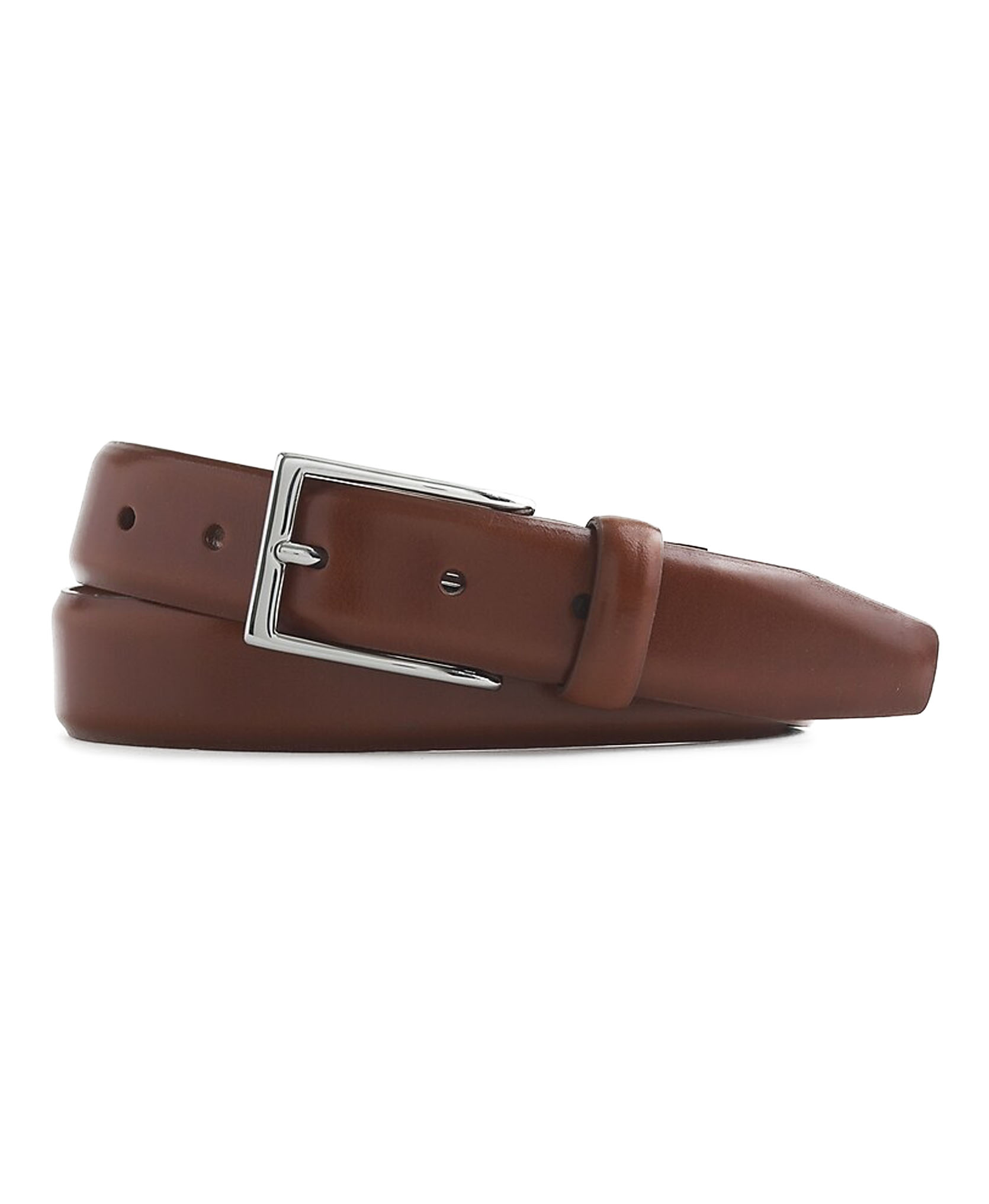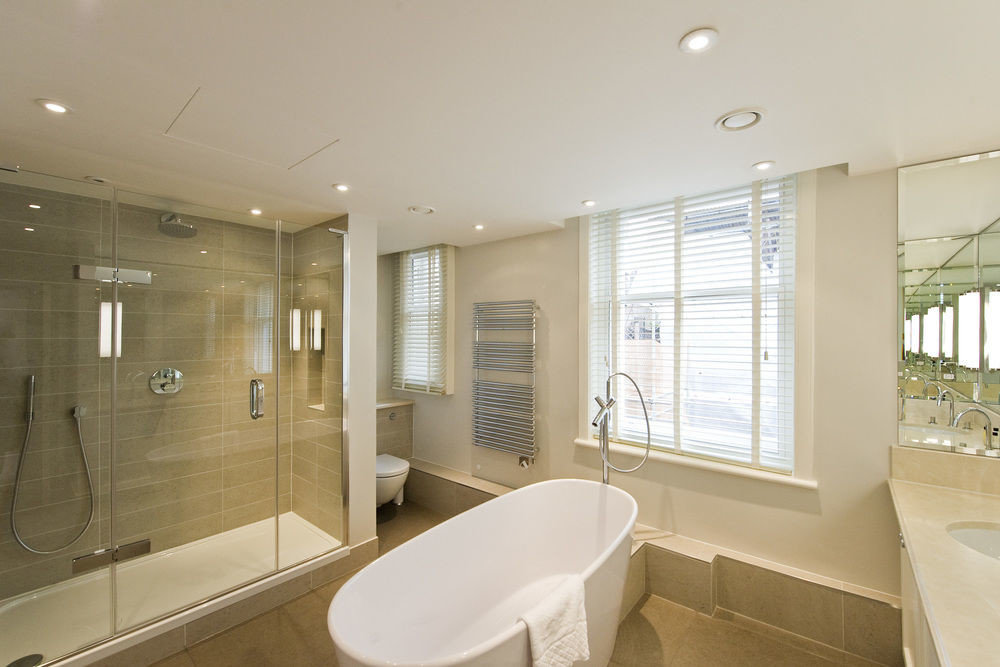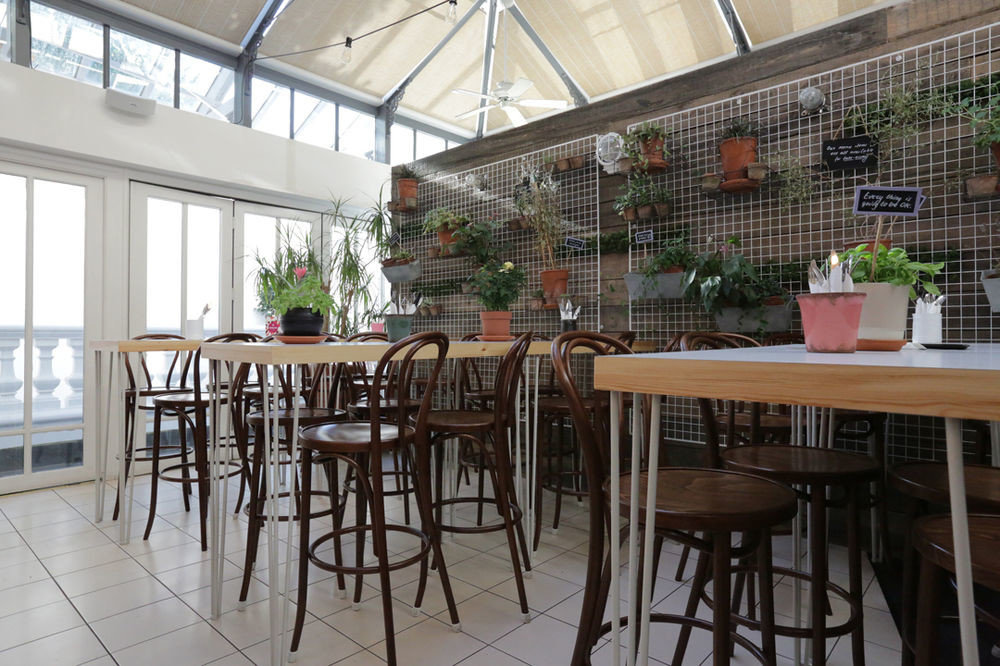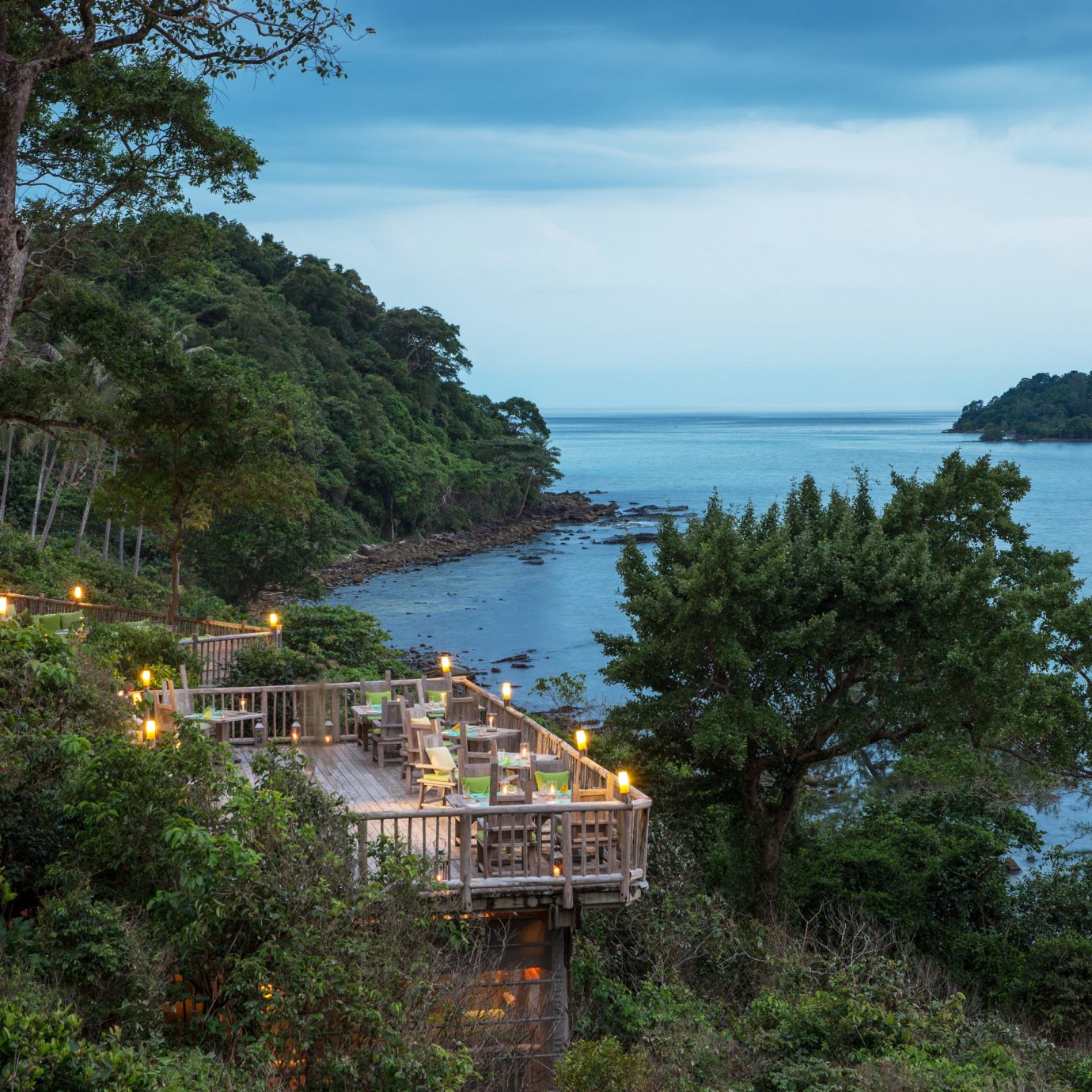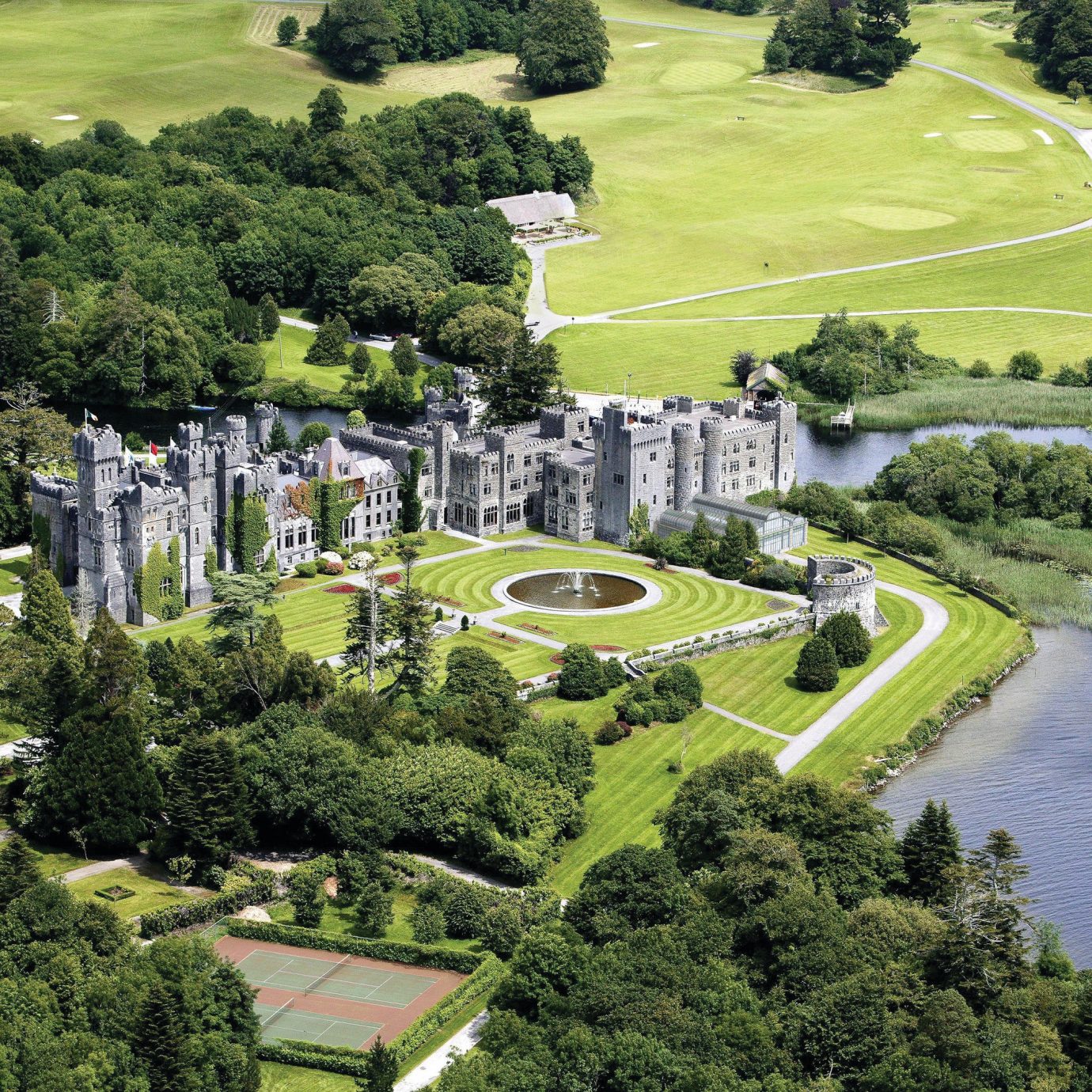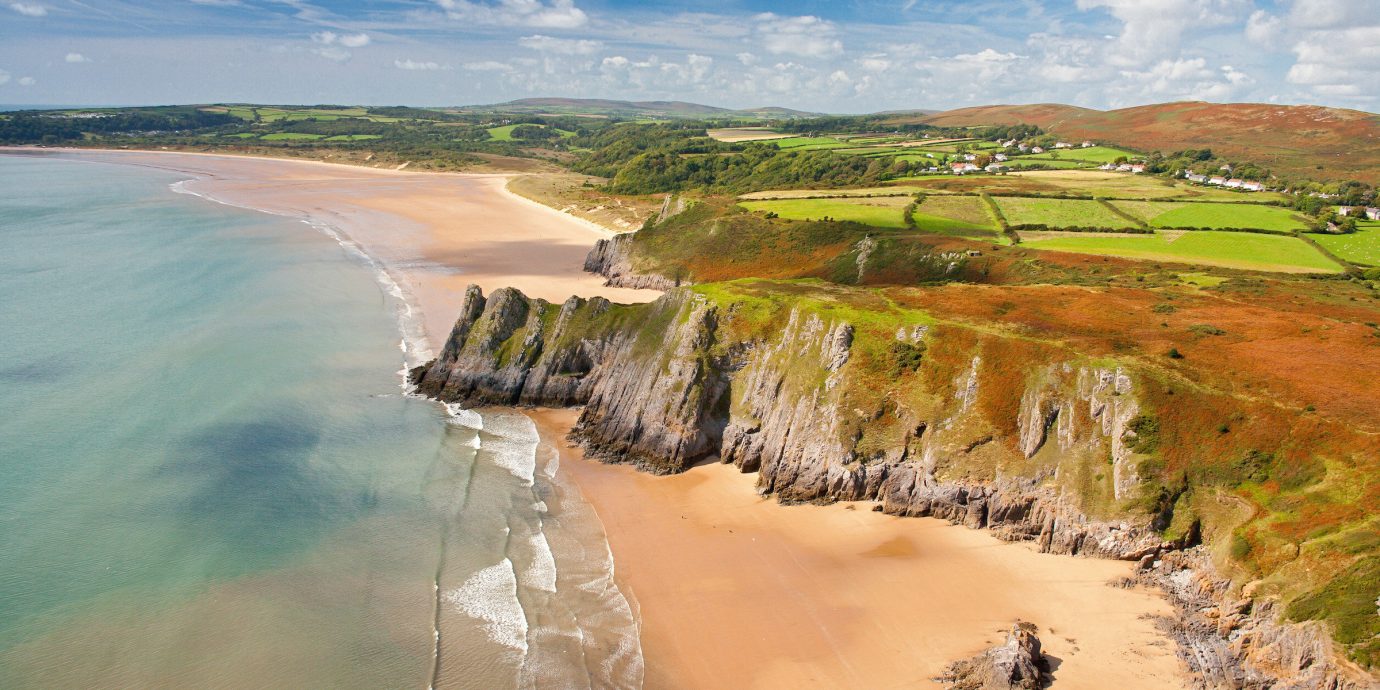
What to Do in Wales: Your Ultimate 7-Day Itinerary
When you think of the U.K., London is probably the first place that comes to mind. But England’s next-door neighbor, Wales, is an underrated gem worthy of its own trip. Just picture: windswept coastlines, medieval castles, rolling sheep-dotted countryside, mountainous parks, and a young, up-and-coming capital. We've mapped out your perfect week in Wales.
Chelsea is Brooklyn-based travel writer, editor, and photographer. When not home eating her way through NYC, she's gallivanting across the globe, sailing the coast of Croatia or hiking the peaks of Peru. Her superpowers include booking flight deals and sleeping in small plane seats.
Day 1: Conwy
Once you land into Manchester, buckle up for one epic road trip. Though there are trains in Wales, they’re not as convenient as a car. Plus, you’ll want to take the winding back roads for some of the best views of the country’s lush landscape. If you’d prefer to have somebody else do the driving (it is on opposite side of the street, after all), hire a private guide from Celticos—we love Alwyn, who knows all the under-the-radar stops and their local legends.
Kick off the journey by heading two hours west before pulling over for a lunch break at Bodnant Welsh Food Centre. This 18th-century estate has been transformed into an award-winning farm-to-table restaurant, culinary school and organic produce shop. Snag a seat in the rustic-chic dining room, The Hayloft, to tuck into traditional Welsh plates including black pudding with lamb Scotch egg, or Menai mussels in a garlic cream sauce. After having your fill, meander down the road to the small riverside village of Trefriw. At its heart is the historic Woolen Mills, which has been making tapestry blankets, rugs and tweed clothing since 1859. You can even take a tour to see the vintage looms and shop for a souvenir.
Wind down the day in Conwy, a waterfront enclave that’s famous for its medieval walls and 13th-century castle. Visitors can walk around the mile-long fortified walls that circle the town for the best views of the harbor and the charming streets. Also, don’t miss: the smallest house in Britain, St. Mary’s church, and the Elizabethan manor, Plas Mawr. Then, end the evening at the Castle Hotel, an ancient coaching inn that has hosted literary masters like William Wordsworth.
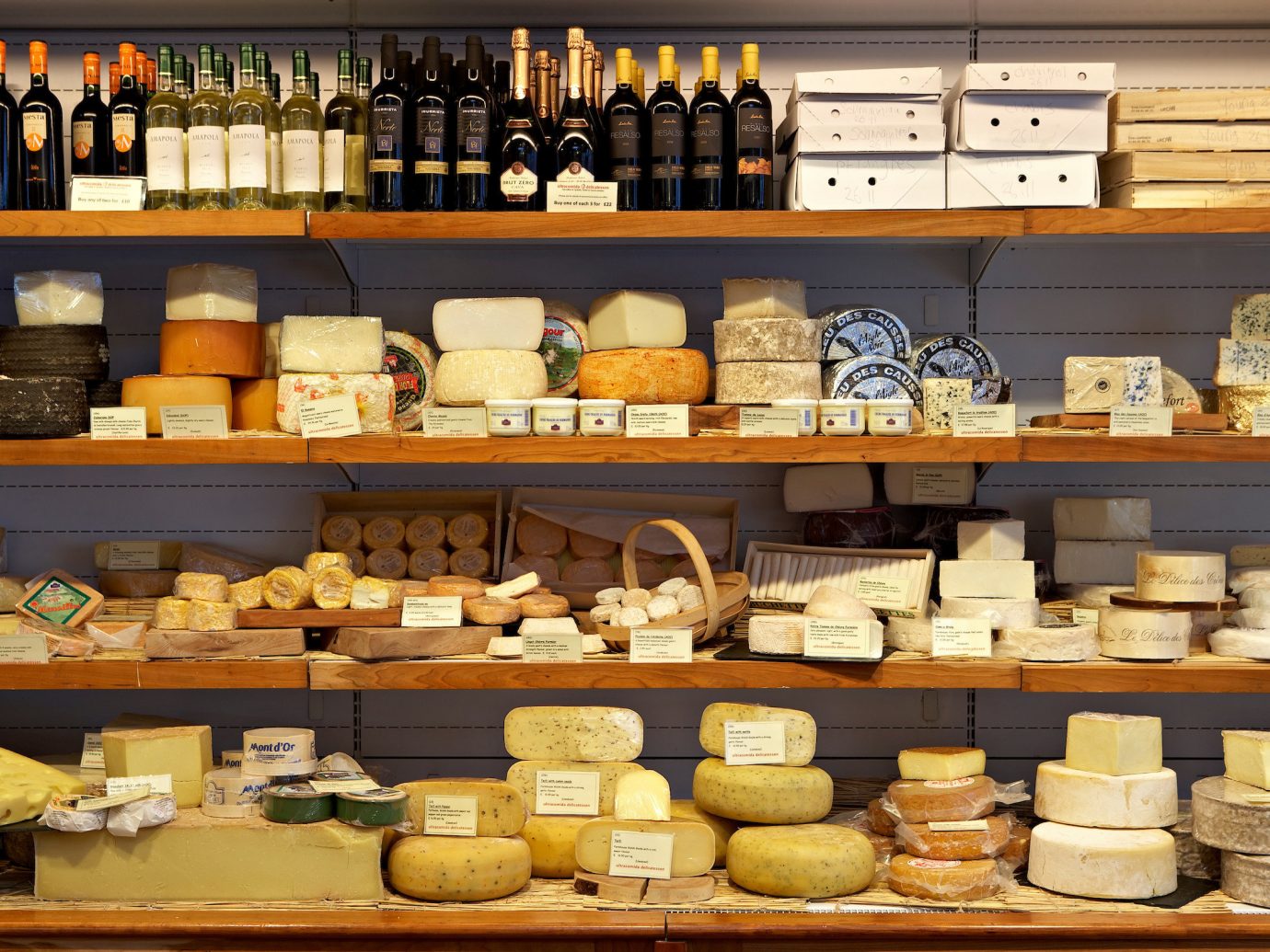
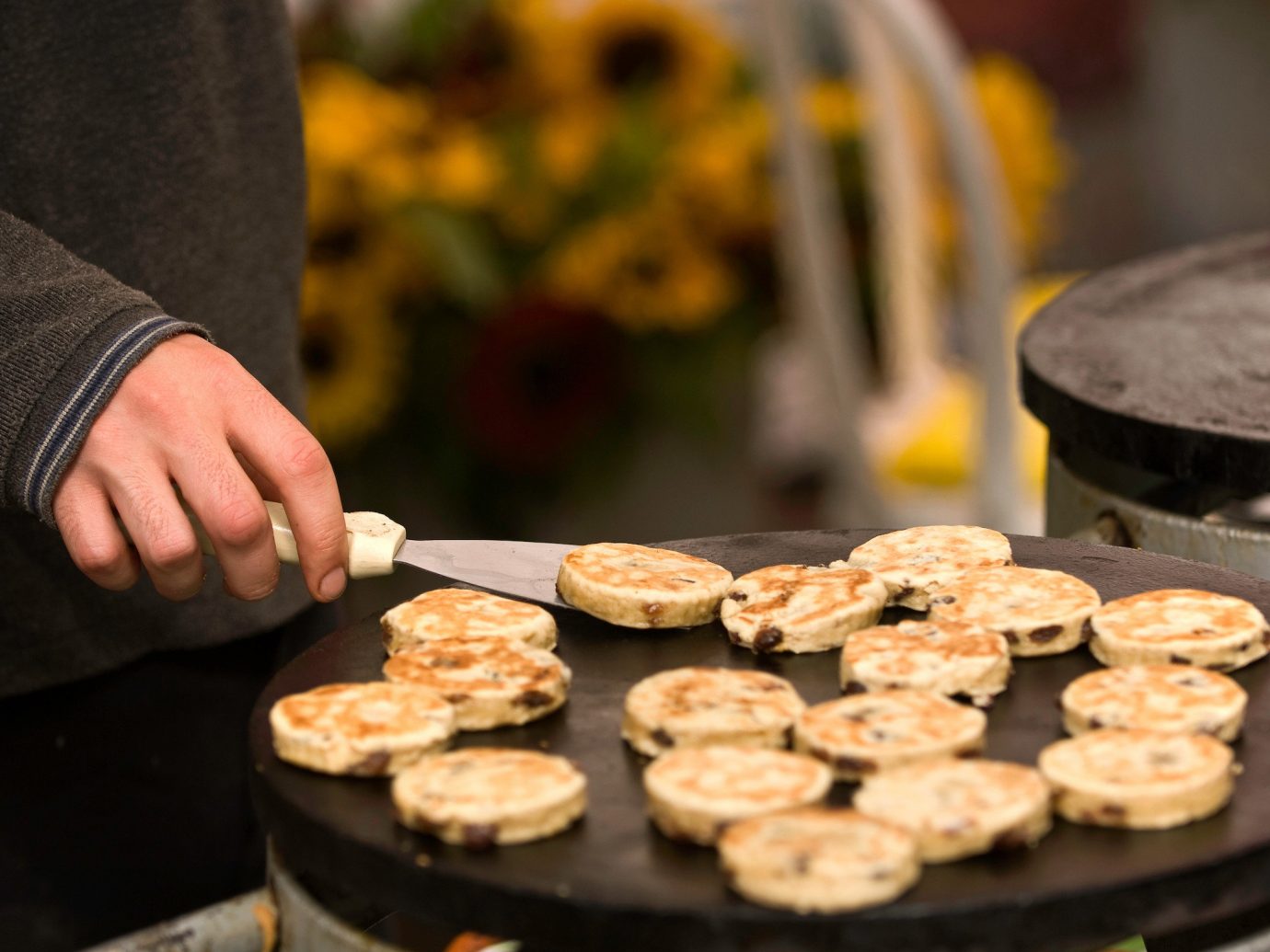
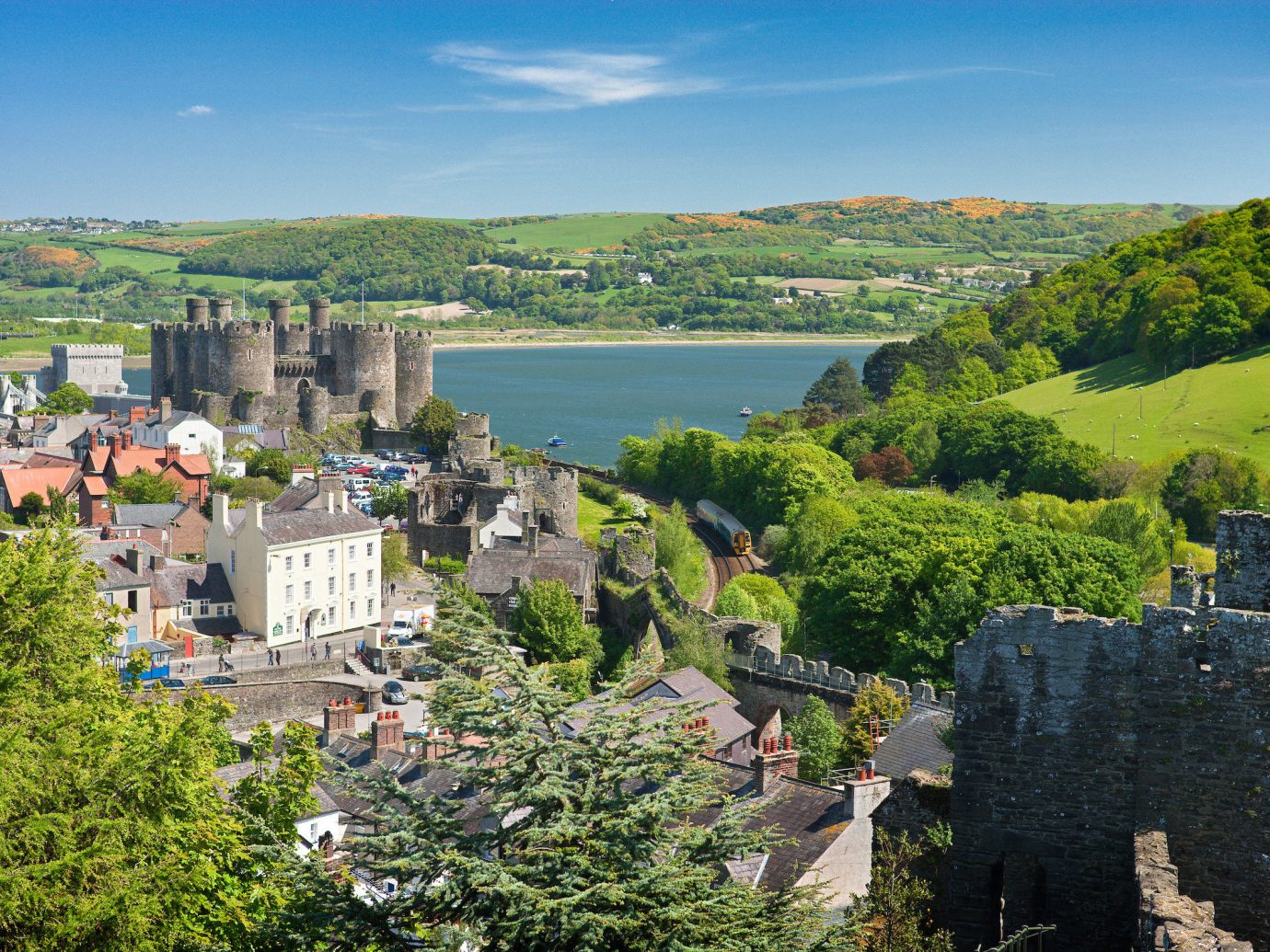
Day 2: Caernarfon, Snowdonia, Portmeirion
In the morning, pick up some Welsh cakes and pastries to go at Popty Conwy Bakery and eat them on the half-hour jaunt to Caernarfon. Along the way, you’ll pass the colorful seaside town of Llanfairfechan and Bangor, the oldest city in Wales. When you get to Caernarfon, make a bee-line for its picturesque castle. Built by English king Edward I (remember Braveheart’s Longshanks?), this UNESCO site is one of the country’s best preserved medieval fortresses. But since there are more castles per square mile in Wales than anywhere else in the world, this isn’t the last one you’ll see. Just 20 minutes away is Dolbadarn Castle, the ruins of a Welsh tower that overlooks the rolling hills and lakes of Llanberis Pass.
From here, you’ll be entering Snowdonia National Park. Picture a dramatic backdrop of foggy valleys, rugged rolling hills and craggy peaks—most notably Mt. Snowdon, which looms over all else. With this kind of mystic landscape, Snowdonia remains the center of Welsh folklore. Legend even has it that King Arthur’s magical sword, Excalibur, can be found at the bottom of one of the park’s lakes. If you’re feeling up for an adventure, ride the train to Snowdon’s summit for 360-degree views, or relax over an al fresco lunch (the bacon, brie and cranberry sandwich is a must) at Caffi Gwynant.
Perhaps one of the most surprising places is Portmeirion, where you’ll be staying for the night. This whimsical Italianate village is right up Wes Anderson’s alley—a cluster of 1920s pastel cottages and wildflower gardens hover on a cliff above an estuary. It was even the set for the ‘60s cult British TV series, The Prisoner, which has a designated channel in each suite. For dinner, the waterfront dining room serves up a mean twice-baked Welsh rarebit souffle, followed by a glass of sherry that awaits you back in your room.
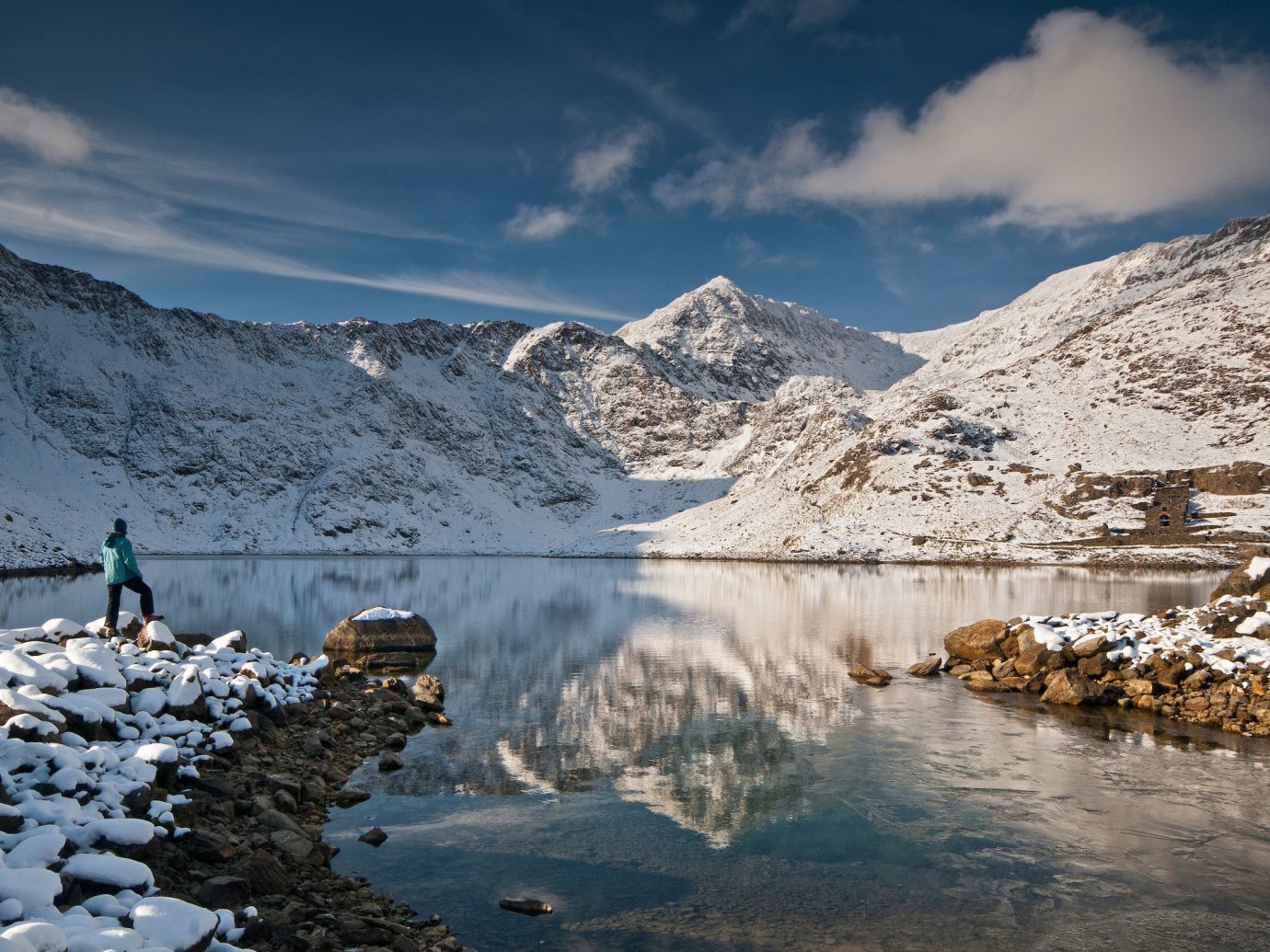
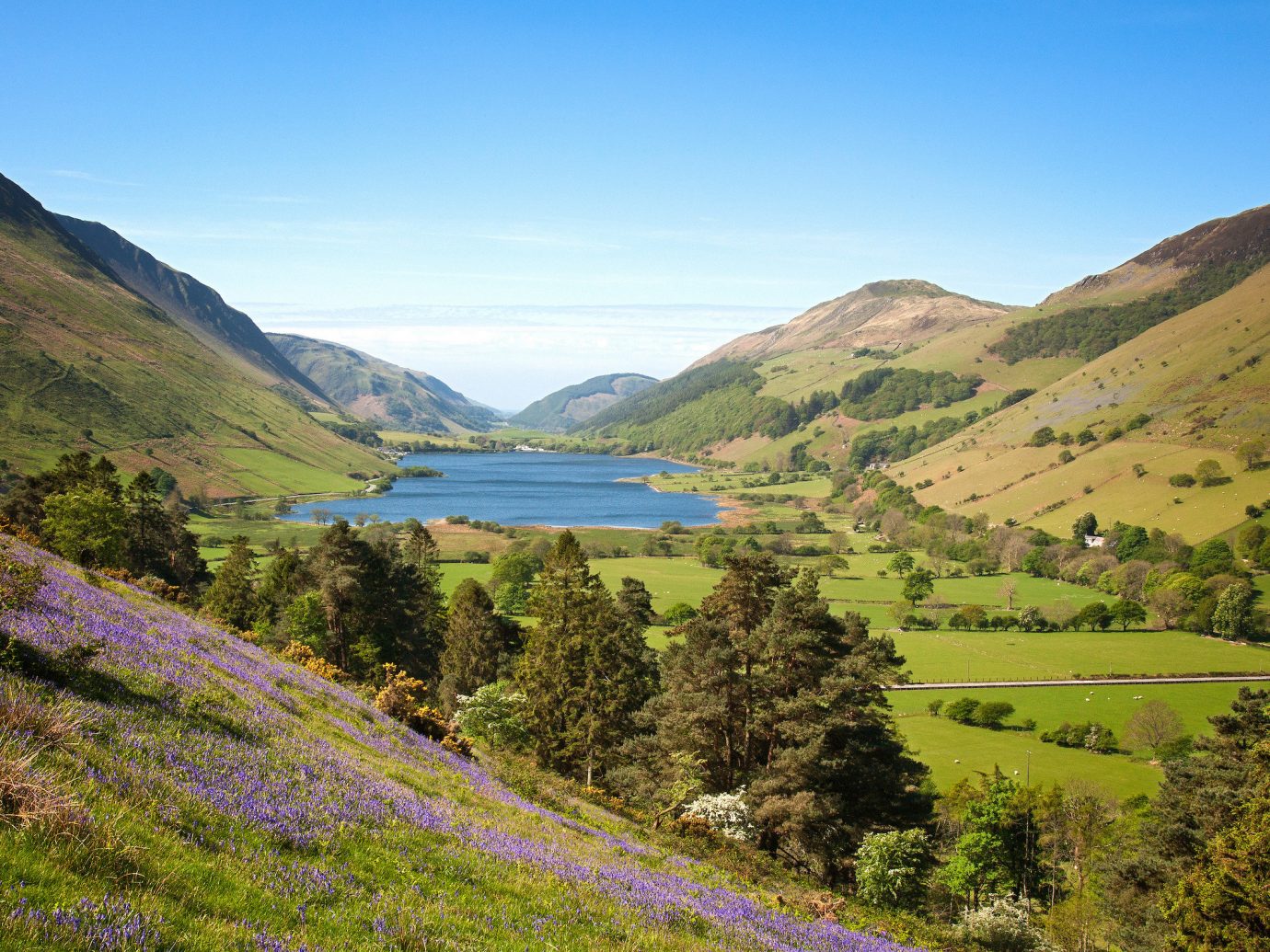
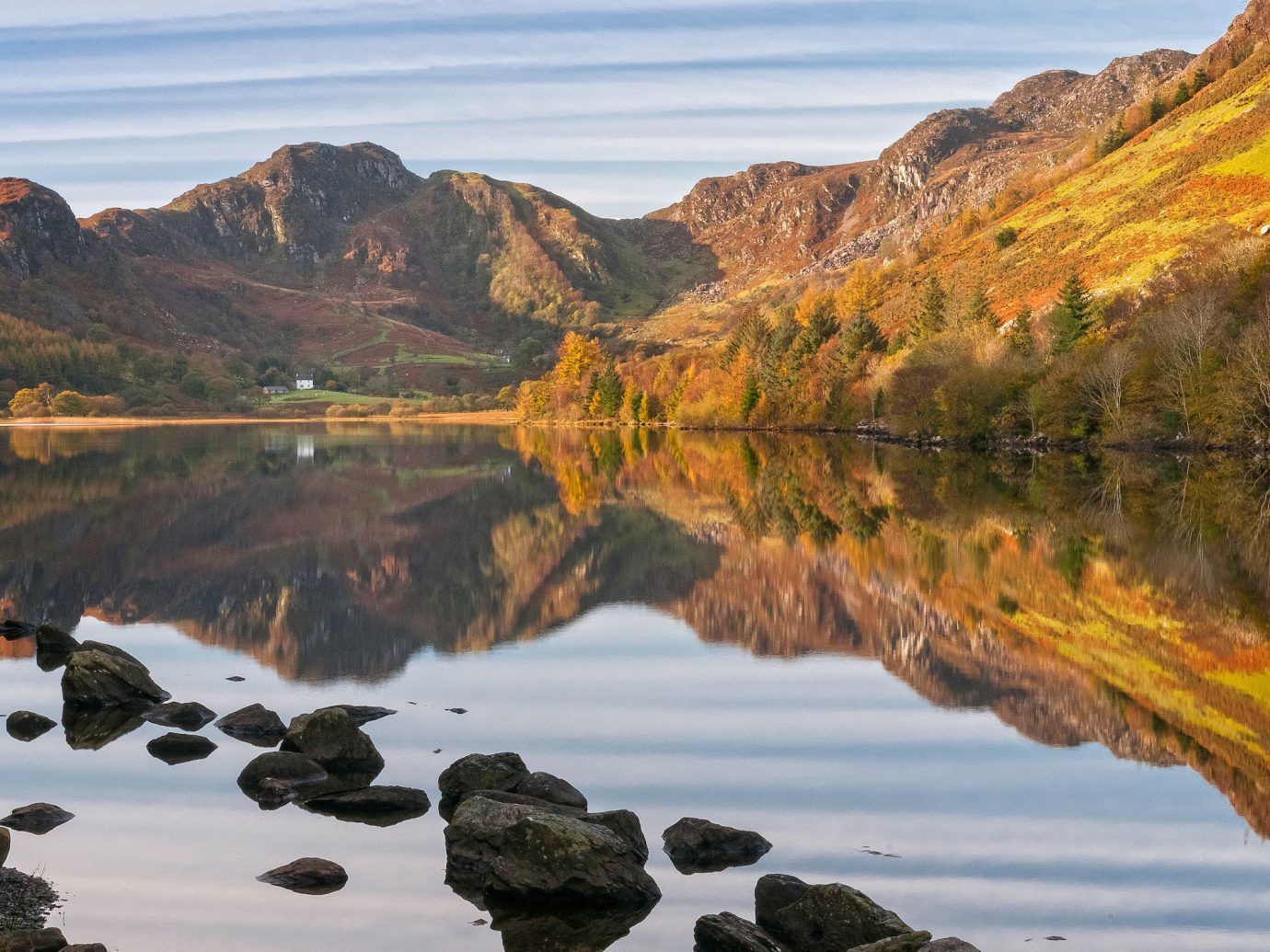
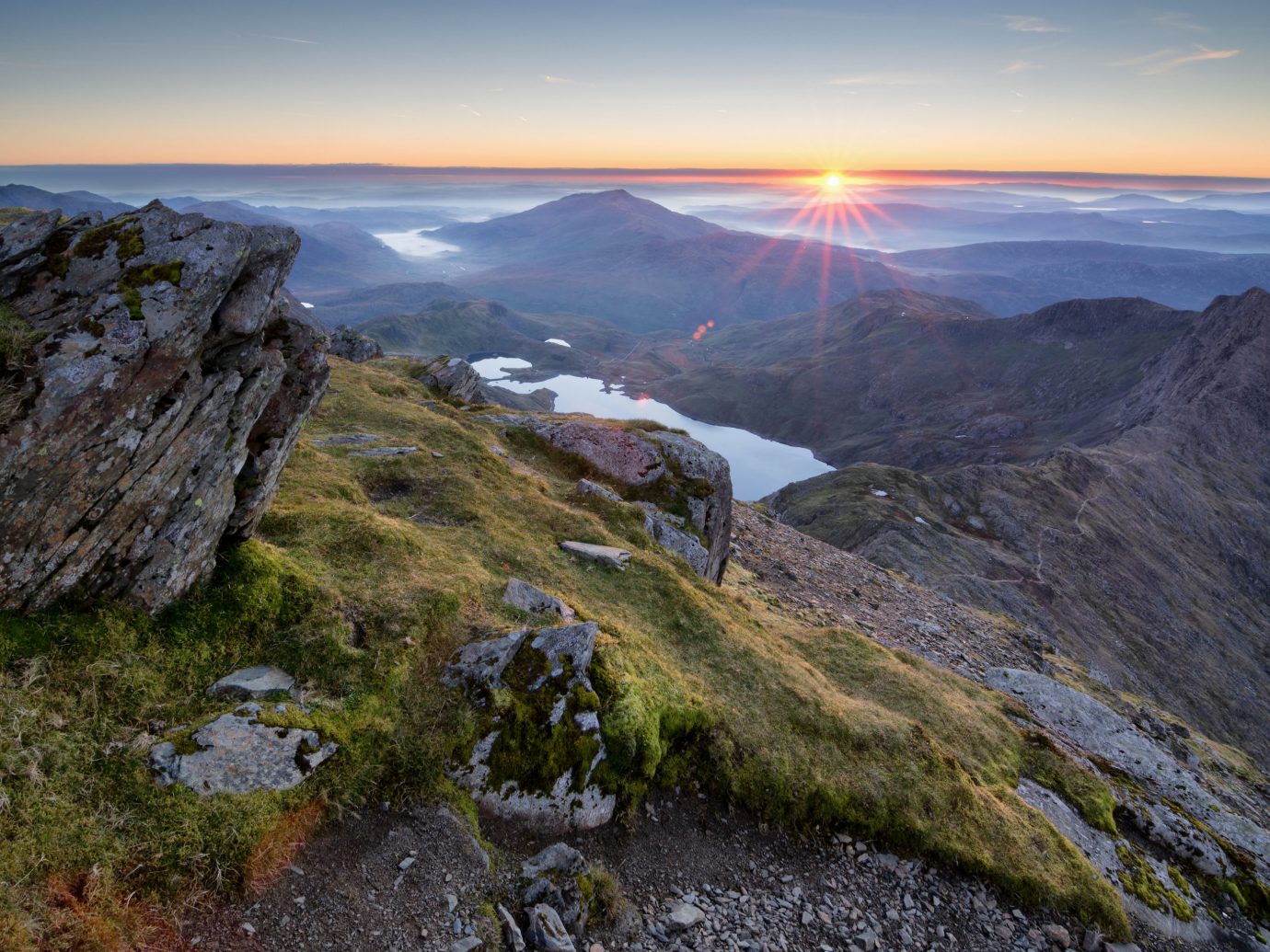
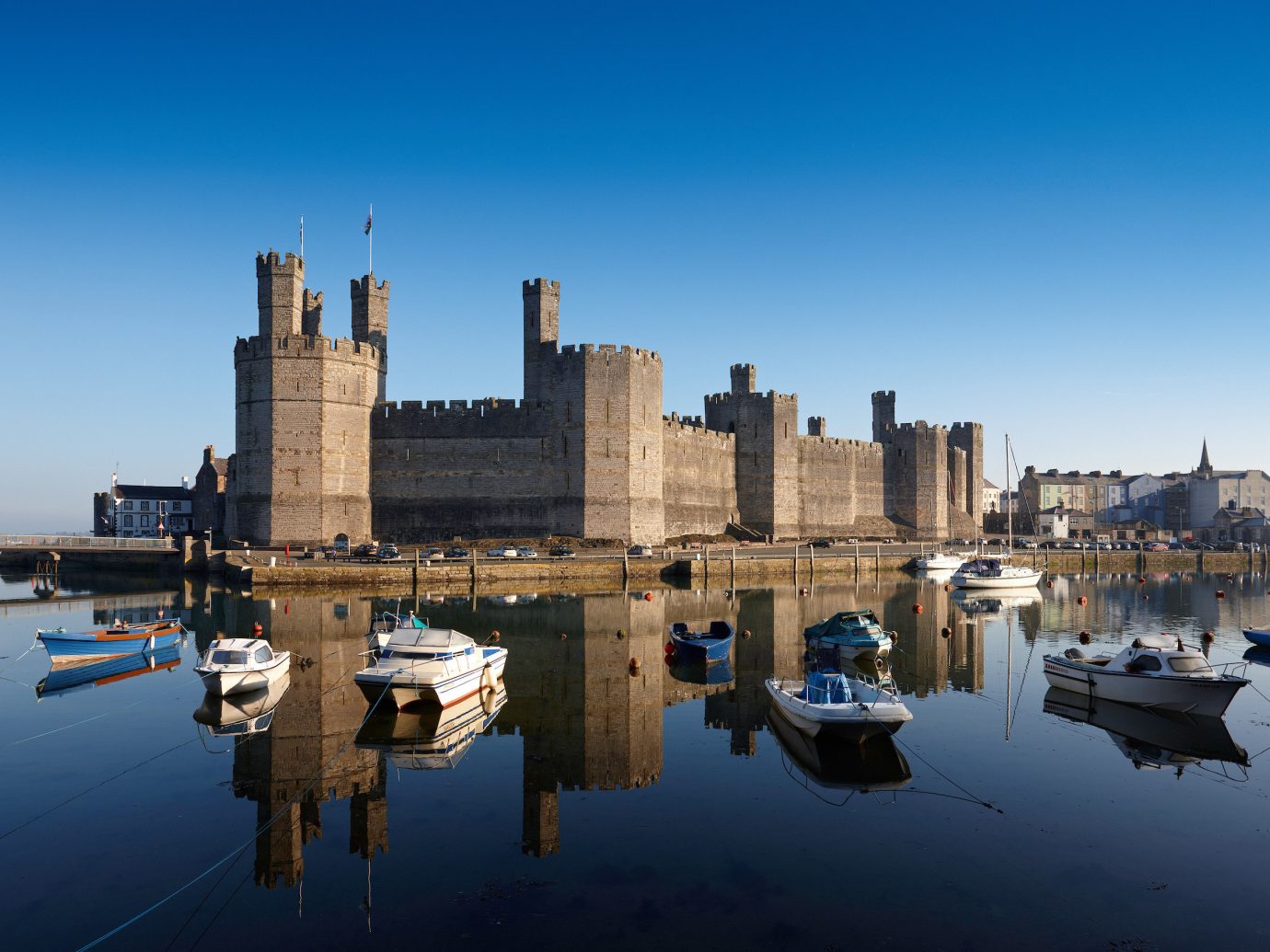
Day 3: Palé Hall
Spend the morning at leisure, walking Portmeirion’s trails to the quaint lighthouse or taking a dip in the pool. Then, mosey back through Snowdonia, an hour east, to Palé Hall—a Victorian mansion that looks like it’s straight out of Downton Abbey. In its past life, the 1871 country estate was once the property of railway magnate Henry Robertson—but today, it’s been perfectly restored and reopened as an elegant hotel (the new owners even hand-stenciled the library walls to their former glory). Guestrooms are individually decorated, but all have rich touches like marble bathrooms, chrome tubs, antique four-poster beds, and sweeping views of Dee Valley. You can even stay in the same suite that hosted Queen Victoria, Winston Churchill and recent guest, Chelsea Handler.
Though outdoorsy types will love hiking, fly fishing and hunting around the grounds, this property is really for the foodies. One of the most standout features is the restaurant, which comes courtesy of Michelin-starred chef Michael Caines and head chef Gareth Stevenson. On the menu: crispy chicken wing with pickled Jerusalem artichoke as well as braised Welsh Black beef cheek with black garlic puree, kimchi, sprouting broccoli and nori rice cracker. And for dessert? Macarons in the parlor.
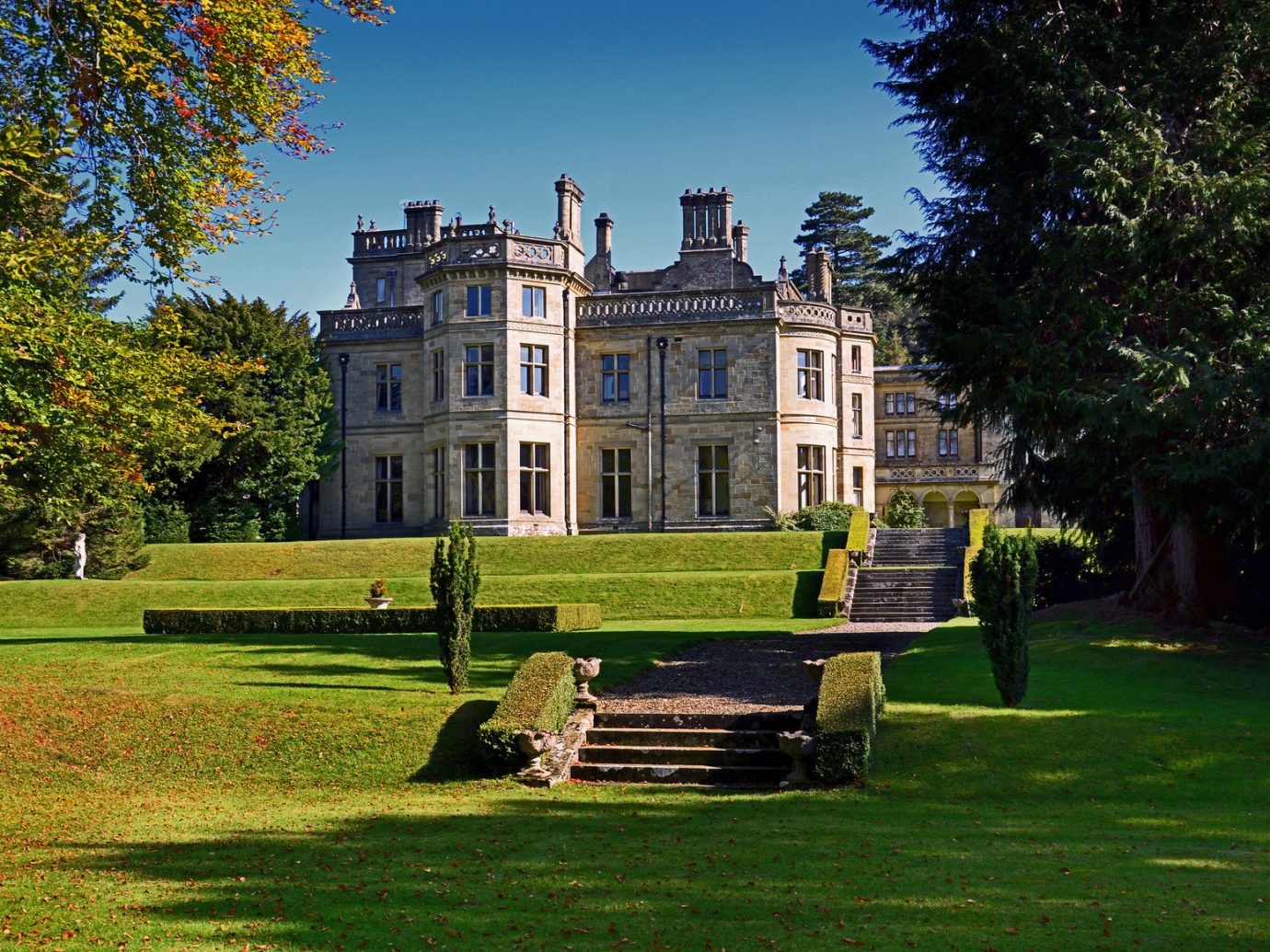
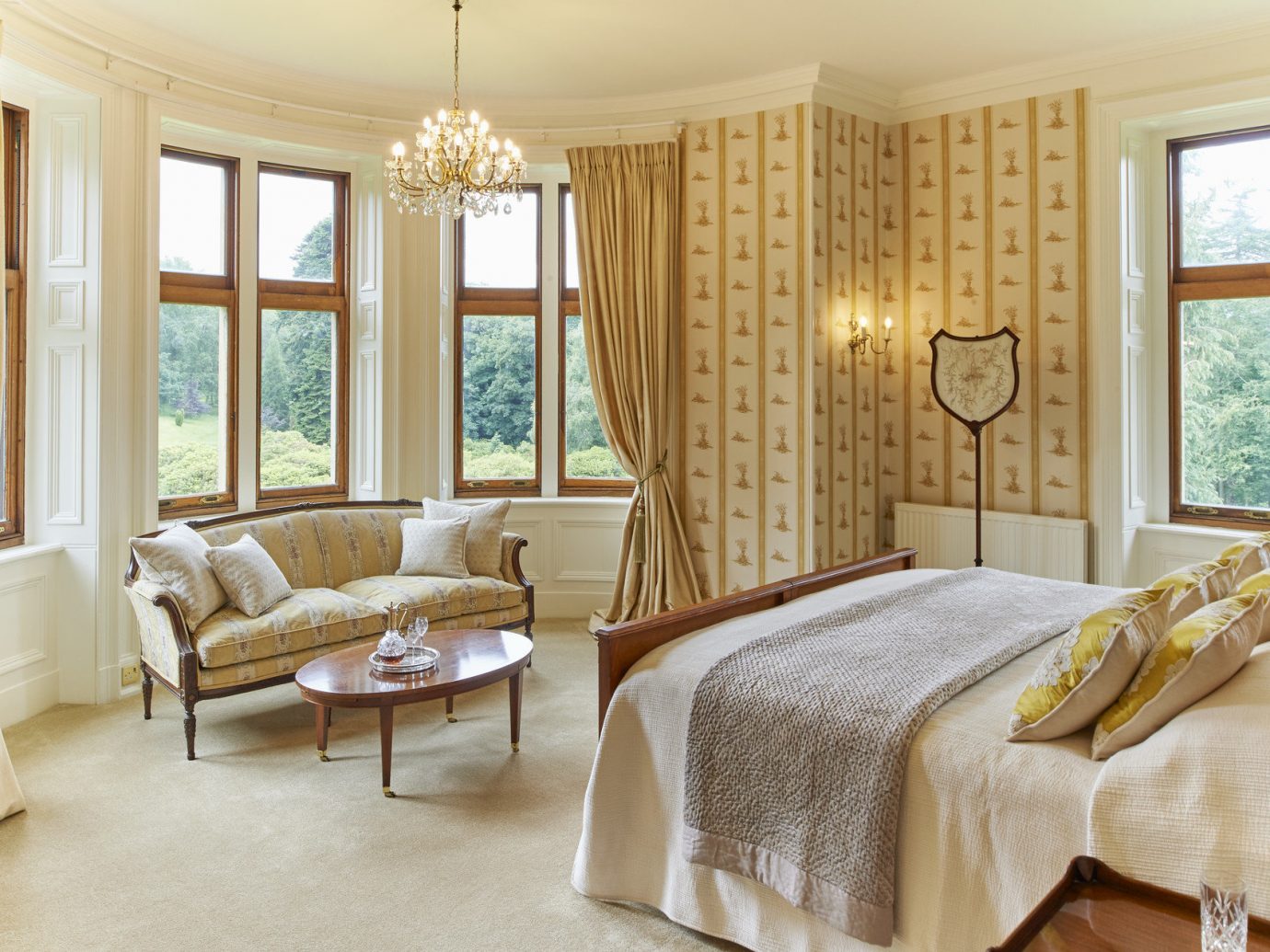
Day 4: Hay-on-Wye, Brecon Beacons
We wouldn’t blame you if you decided never to leave Palé Hall. But there’s so much more of Wales to explore. The first major sight is about three hours south, so stop halfway at the market town of Machynlleth. Some still call it the ancient capital as it was the 1404 Parliament of Owain Glyndŵr (the Prince of Wales)—and today there is a museum in honor of him and a lovely little café next door.
After you’ve had a break with an afternoon cup of tea, continue onto Hay-on-Wye. This quaint hamlet on the edge of Brecon Beacons National Park is a bibliophile’s dream. In fact, it’s the world’s largest secondhand and antiquarian book center, so expect to see streets lined with libraries as well as outdoor shelves stuffed with tomes (there’s a secret stone-wall garden full of them, if you can find it!). Visit on a Thursday to catch the market, where tables are lined with artisanal cheeses, vintage wares and freshly picked flowers.
Spend the rest of the afternoon hiking the Brecon Beacons—an expanse of vibrant green hills, thundering waterfalls, and pastures full of grazing horses and sheep. (Fun fact: There are three times as many sheep as people in Wales!) Even William Shakespeare was inspired by the place’s beauty, basing A Midsummer Night’s Dream off a Welsh tale. Come sunset, get your camera ready for some of the most spectacular views as you cruise around the back roads to Crickhowell, a mountain town in the center of the park. Here, bed down at the cozy Dragon Inn or The Bear Hotel. More like pubs with rooms rather than traditional lodges, you’ll fall asleep to the friendly Welsh whispers of locals sharing a pint downstairs.
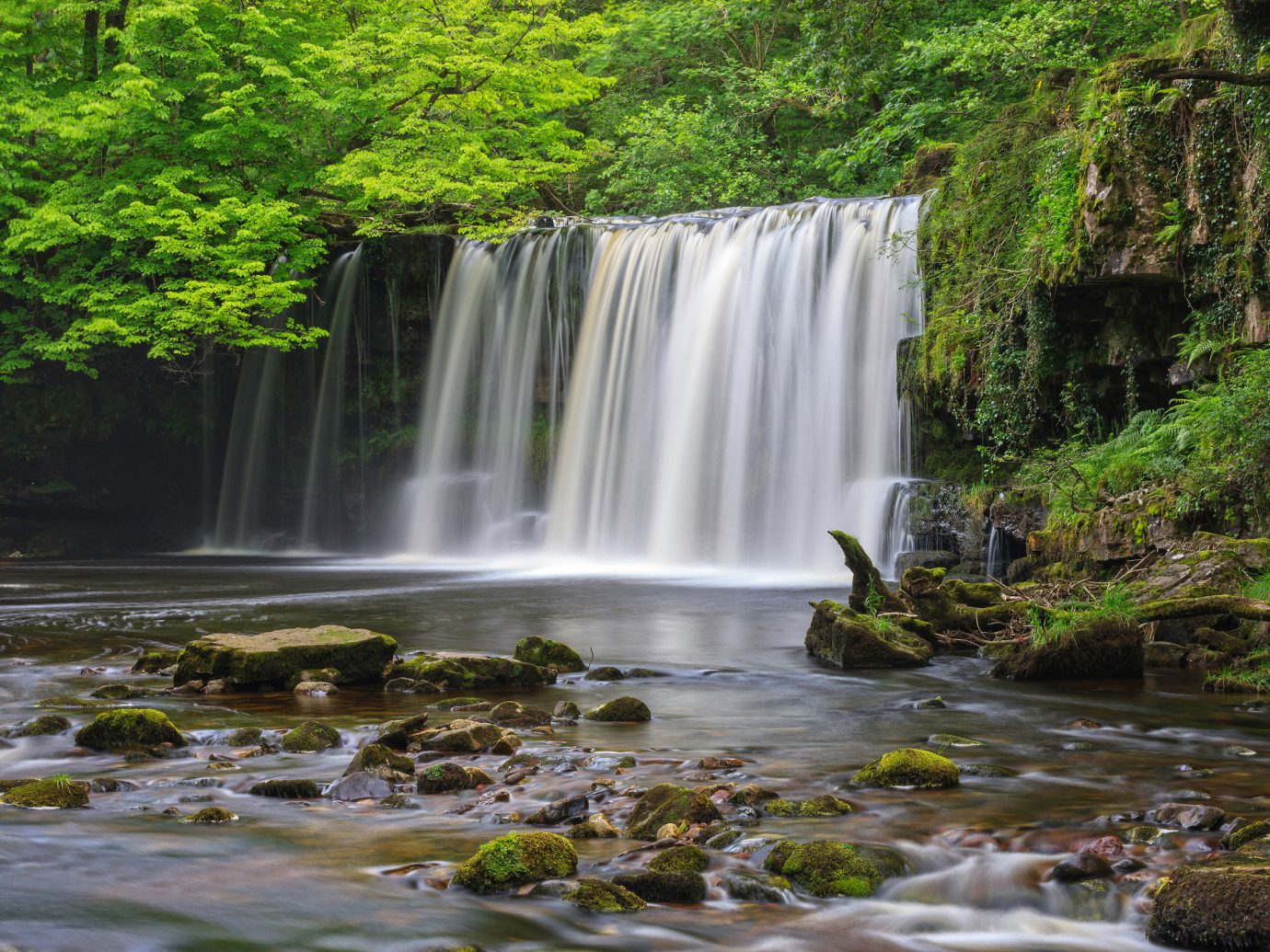
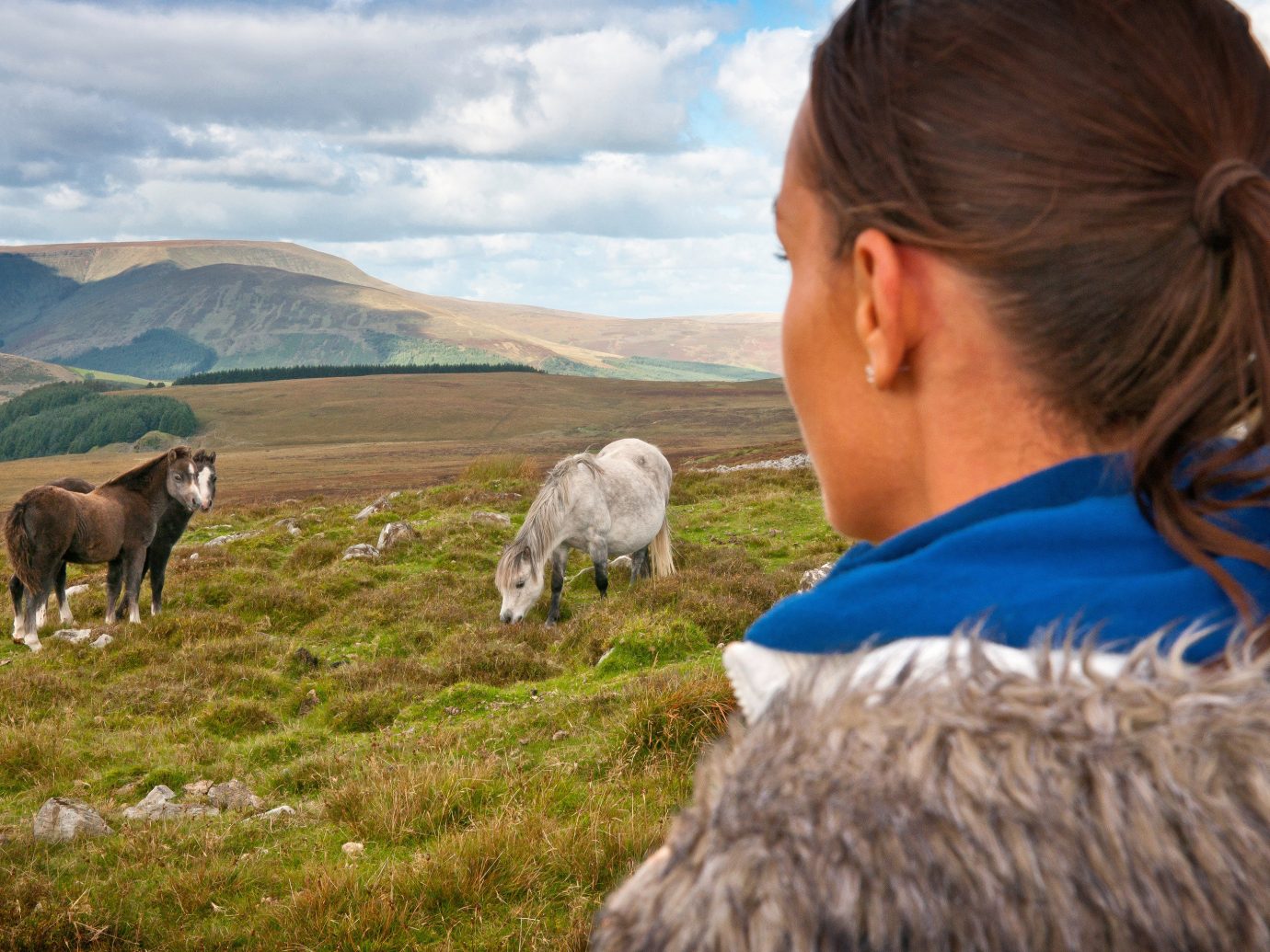
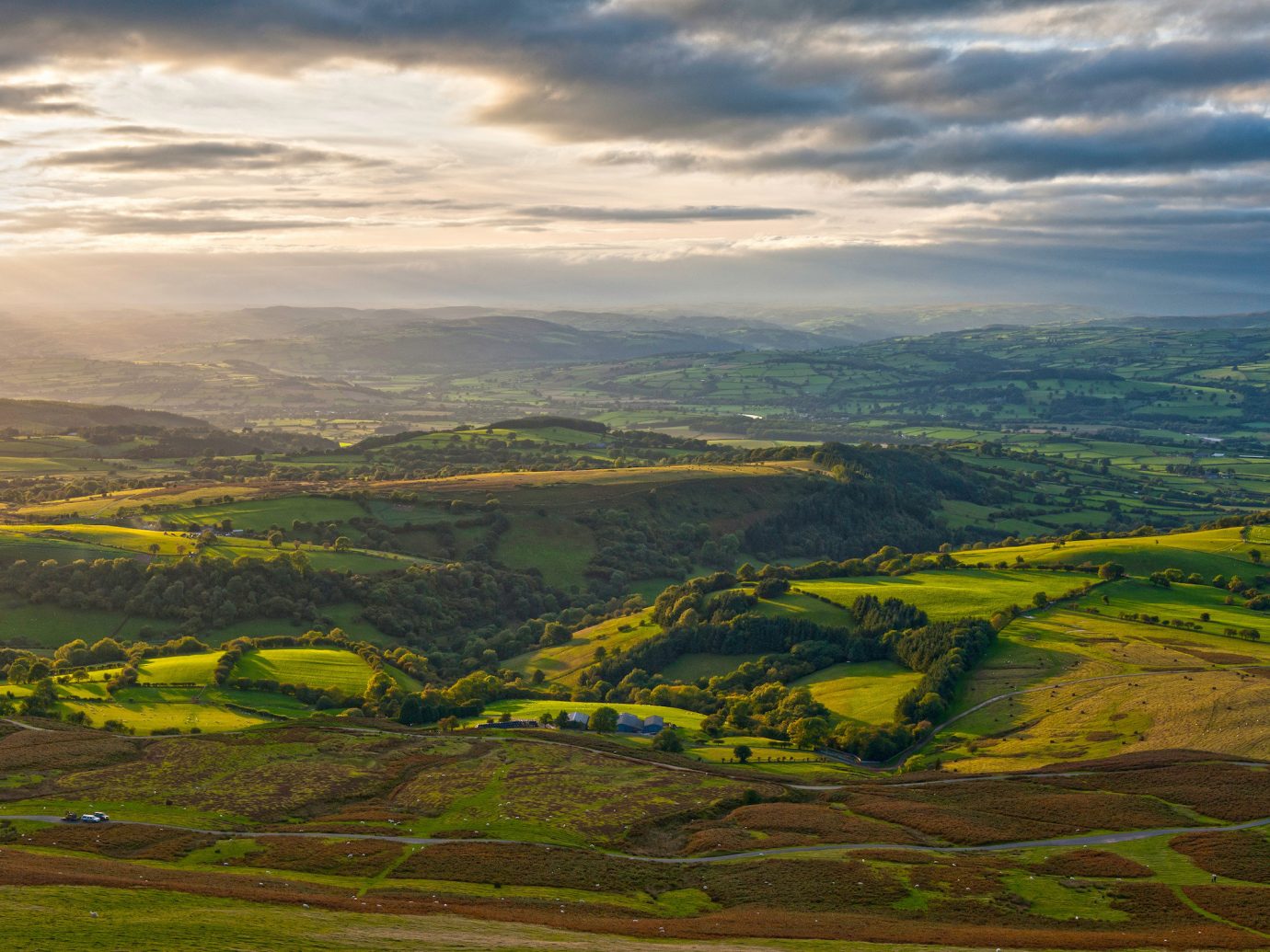
Day 5: Cardiff
There’s no better way to start the morning than with a warm scone from Askew’s Bakery, steps from your sleep. Once you’re fueled up, it’s off to the Skirrid Inn in the Black Mountains. As Wales’ oldest pub—by 1,000 years—not much has changed. You can still warm your hands by the hearth, sip mulled wine, and you may even catch a glimpse of some lingering souls—it’s said to be extremely haunted (just ask any of the bartenders, and they’ll keep you up all night with ghost stories).
History buffs will also love a layover at Caerleon’s National Roman Legion Museum, just 45 minutes south. Dating all the way back to 75AD (yes, the 1st century!), these Roman ruins are now open for visitors to stroll through the military barracks, fortress baths, and to the most complete amphitheater in Britain, which is rumored to be the origin of Arthur’s Round Table.
Next stop: Cardiff, Europe’s youngest capital. The port city, just two hours west of London by train, was a major coal industry hub, but now has flourished thanks to a top-notch arts scene, one-of-a-kind stores, and buzzy nightlife. Catch an opera performance at the bayside Millennium Centre, shop through the beautiful Edwardian arcades, taste craft brews at The Potted Pig, cheer on the rugby team at Principality Stadium, or take in works by Renoir, Monet, and Pissarro for free at the National Museum, which is home to the largest collection of Impressionist paintings outside of Paris. Cardiff Castle, meanwhile, is a prime example of the city’s patchwork of influences and cultures. Dating back to 55AD, it was originally a Roman fort that later became a Norman stronghold (the 11th-century Norman keep still stands and has one of the best views of Cardiff at its top). The rest of the castle, built in the 14th and 15th centuries, was completely redesigned in 1866, when a British aristocrat moved in to make it his private home.
For a truly unique experience, rest your head at the Exchange Hotel, opening in late spring/early summer. Built in 1883, this massive limestone building served as the central coal exchange during the industry’s heyday. However, after it closed in 1958, the building quickly fell into disrepair and was almost demolished. Now, development firm Signature Living is set to breathe new life into the landmark as a 240-room luxury hotel. Thanks to a $50 million renovation, the old bank vaults will be transformed into suites, the grand hall will get sparkling new chandeliers and restored artwork, and an exhibition space is planned to highlight the building’s history.
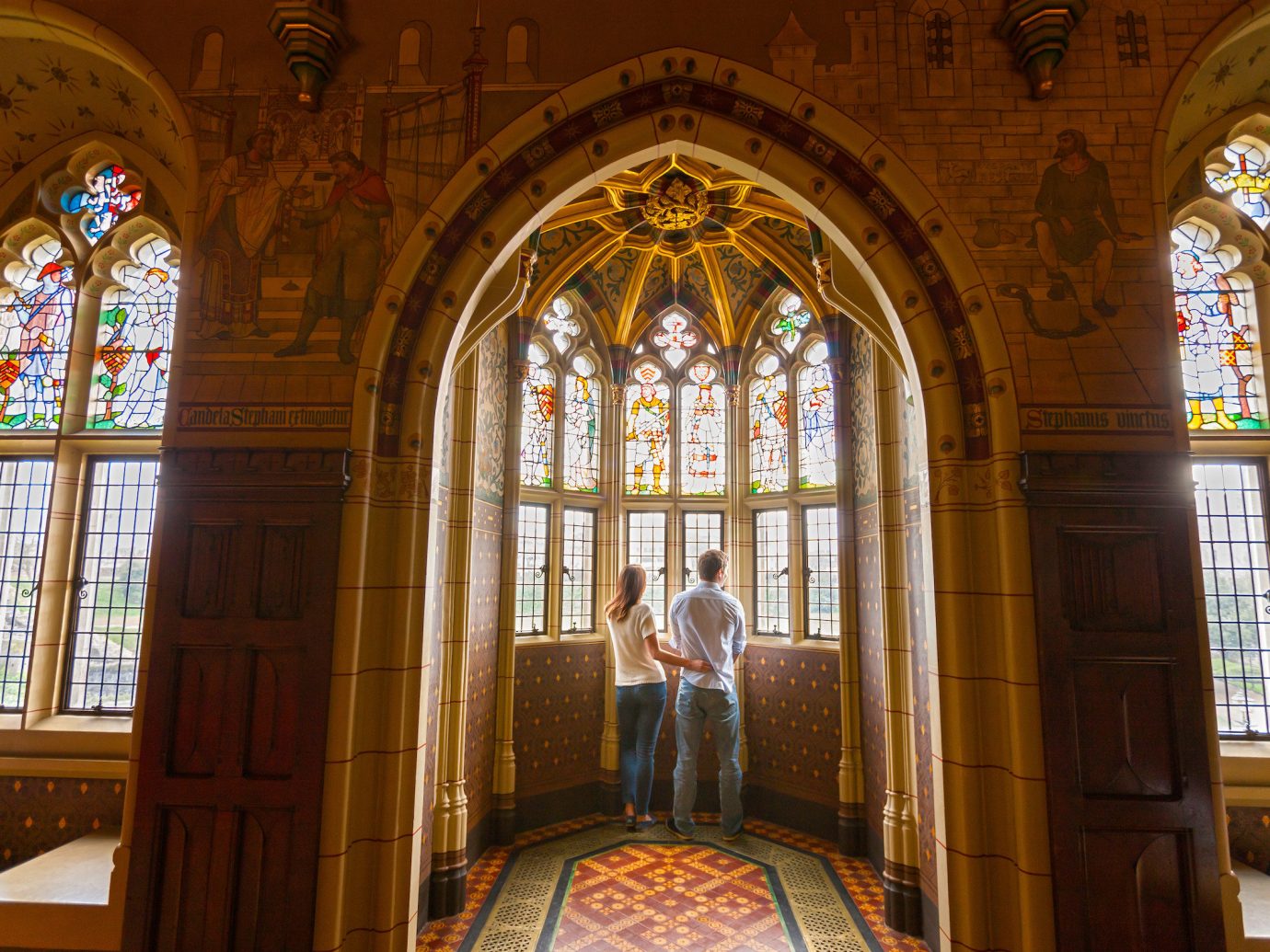
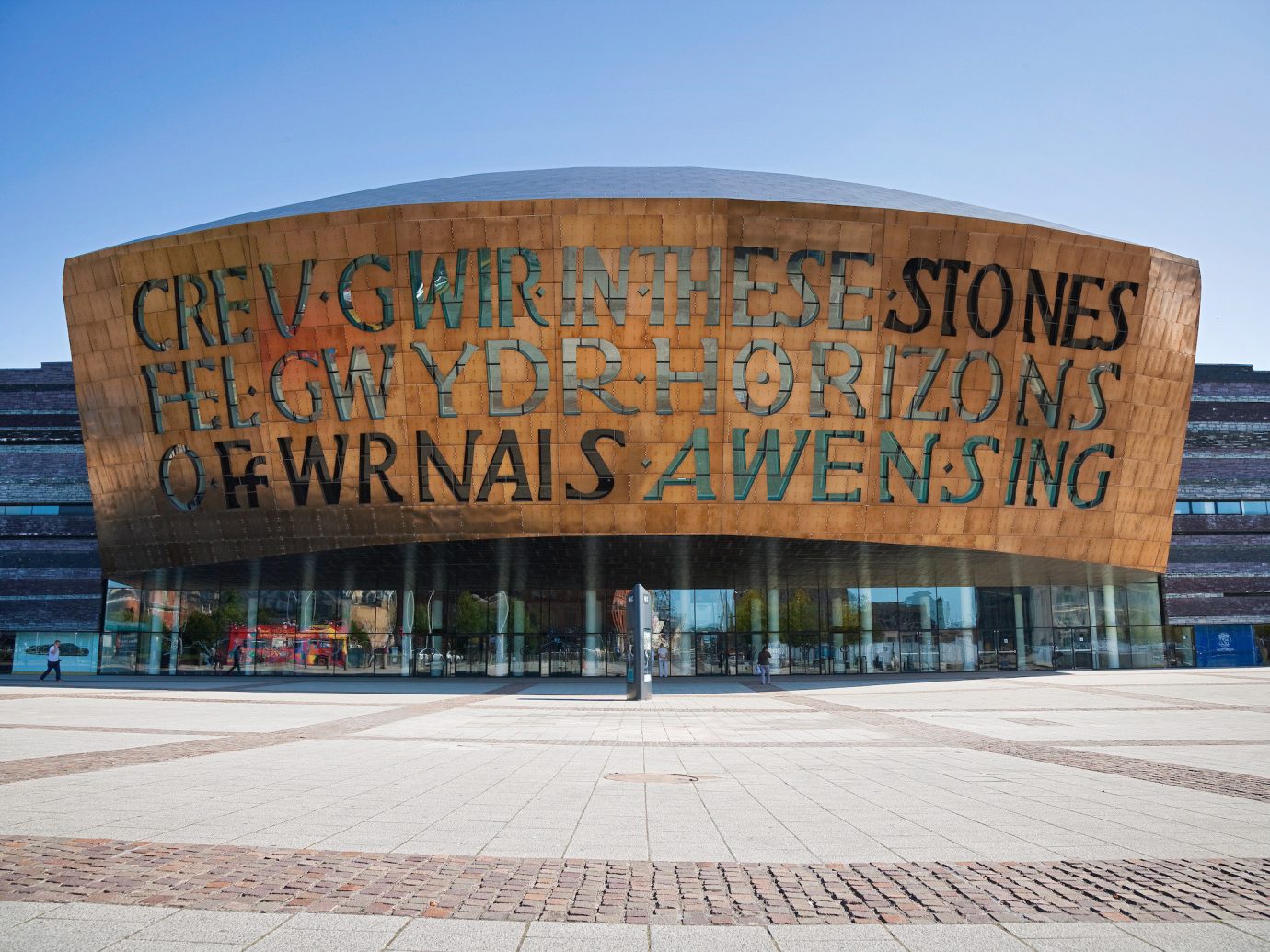
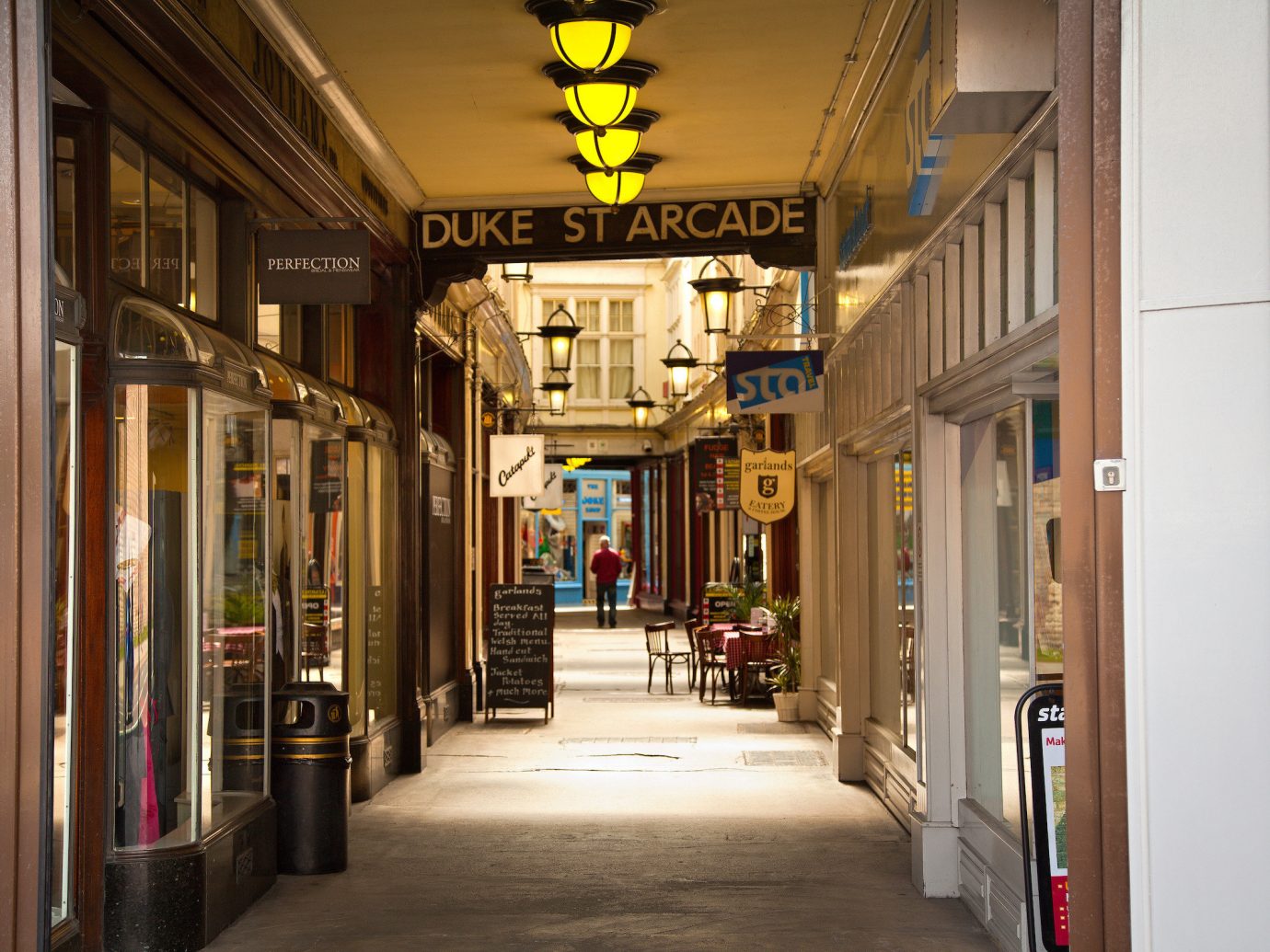
Day 6: Pembrokeshire
Although you could easily spend the rest of your time in Cardiff, the southwest coast of Wales is worth the trip for its jaw-dropping scenery. Just a two-hour drive from the capital, Pembrokeshire feels a world away thanks to its untouched seascape, rare wildlife and laid-back lifestyle. The 870-mile Wales Coast Path may span the entire edge of the country, but its Pembrokeshire region is most notable for the views of coves, castles and clear-water beaches (keep an eye out for seals and bottlenose dolphins!). Adrenaline junkies will go head over heels for coasteering—invented in Wales, this sport is a mix of swimming, rock climbing, and cliff jumping. Celtic Quest can show you the ropes before letting you try it for yourself at the Blue Lagoon in Abereiddy.
After your heart rate comes down, drive 15 minutes to St. Davids on the westernmost tip of Wales. As Britain’s smallest city, it may not look like much at first, but you’ll be blown away when you see its enormous cathedral. The grand church was built on the site of a 6th-century monastery founded by the patron saint of Wales (St. David) and is best seen during the classical music festival held every summer in late May through early June.
Of course, you can’t come all the way to the coast without having some seafood. Cafe Môr, a street food cart on Freshwater West beach, specializes in Laverbread, a national dish of puréed seaweed that can be served on top of summer favorites like buttery lobster rolls or a burger (made with Welsh beef and Welsh Sea black butter). Or, if you’d prefer to picnic in private, Barafundle Beach is a secluded stretch backed by sand dunes and pine trees.
A quick jaunt away is the St. Brides Spa Hotel, where you can bliss out in the infinity pool overlooking Saundersfoot beach or at the world-class spa’s thermal suite and hydrotherapy pool. When hunger strikes, there’s Coast Saundersfoot, a chic shorefront restaurant to sip cocktails, watch the sun set over the sea, and indulge in plates of potato velouté with truffle confit egg yolk, or torched sea bream fillet with sesame dumplings, pak choi and a ginger lemongrass broth. You also can’t go wrong with Salt Cellar, which puts the focus on locavore food like citrus poached salmon, and slow-cooked Welsh lamb.
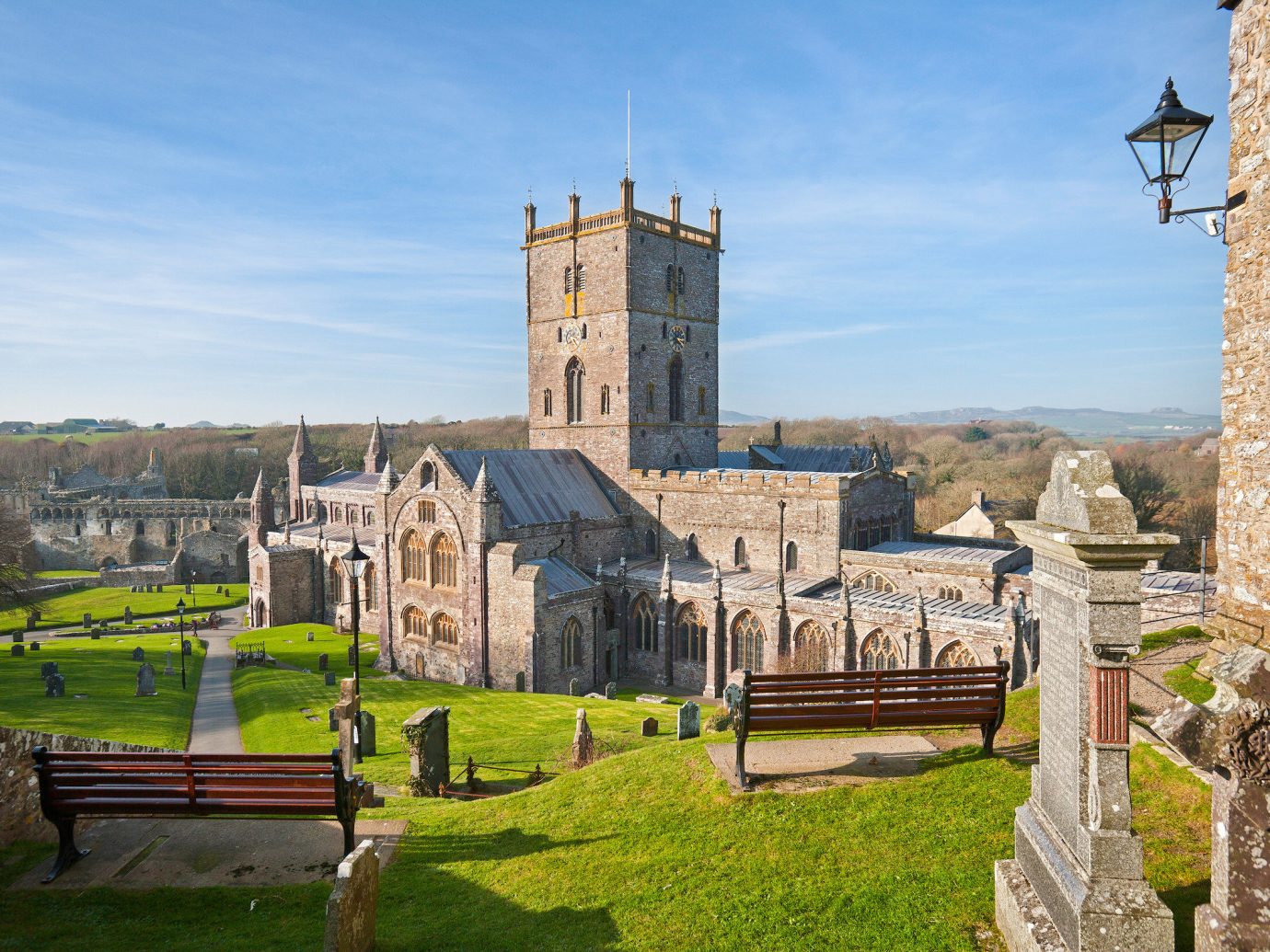
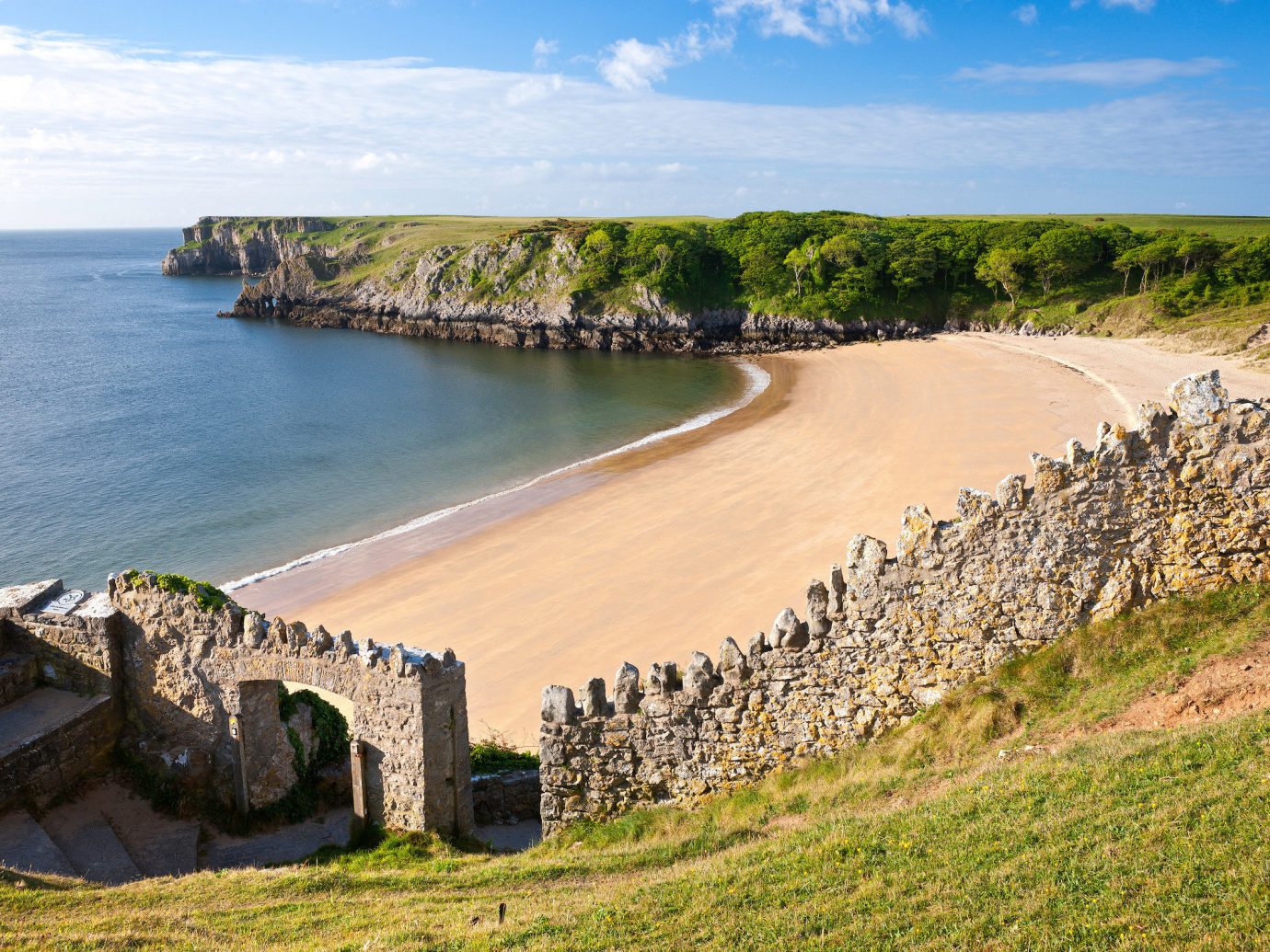
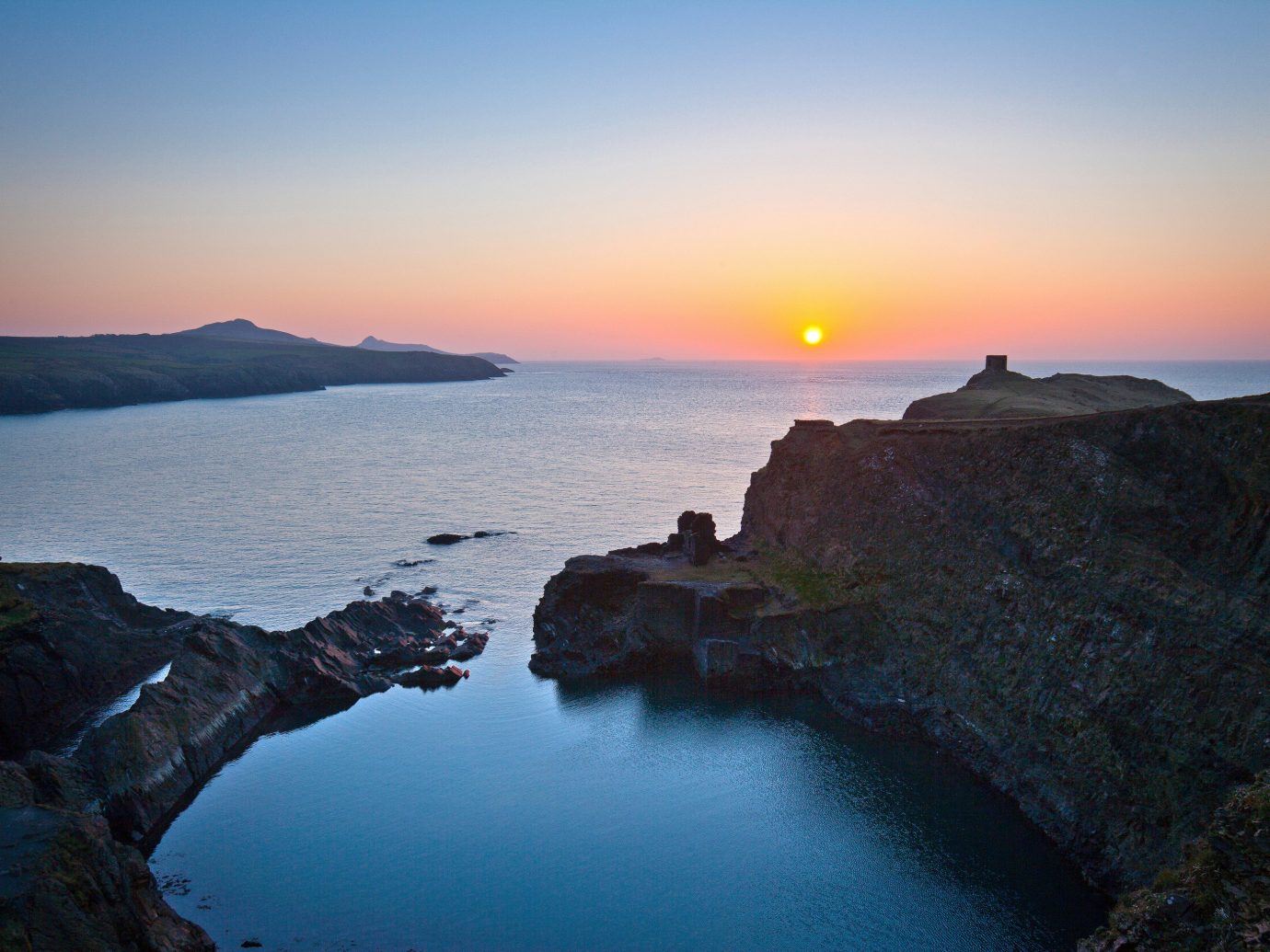
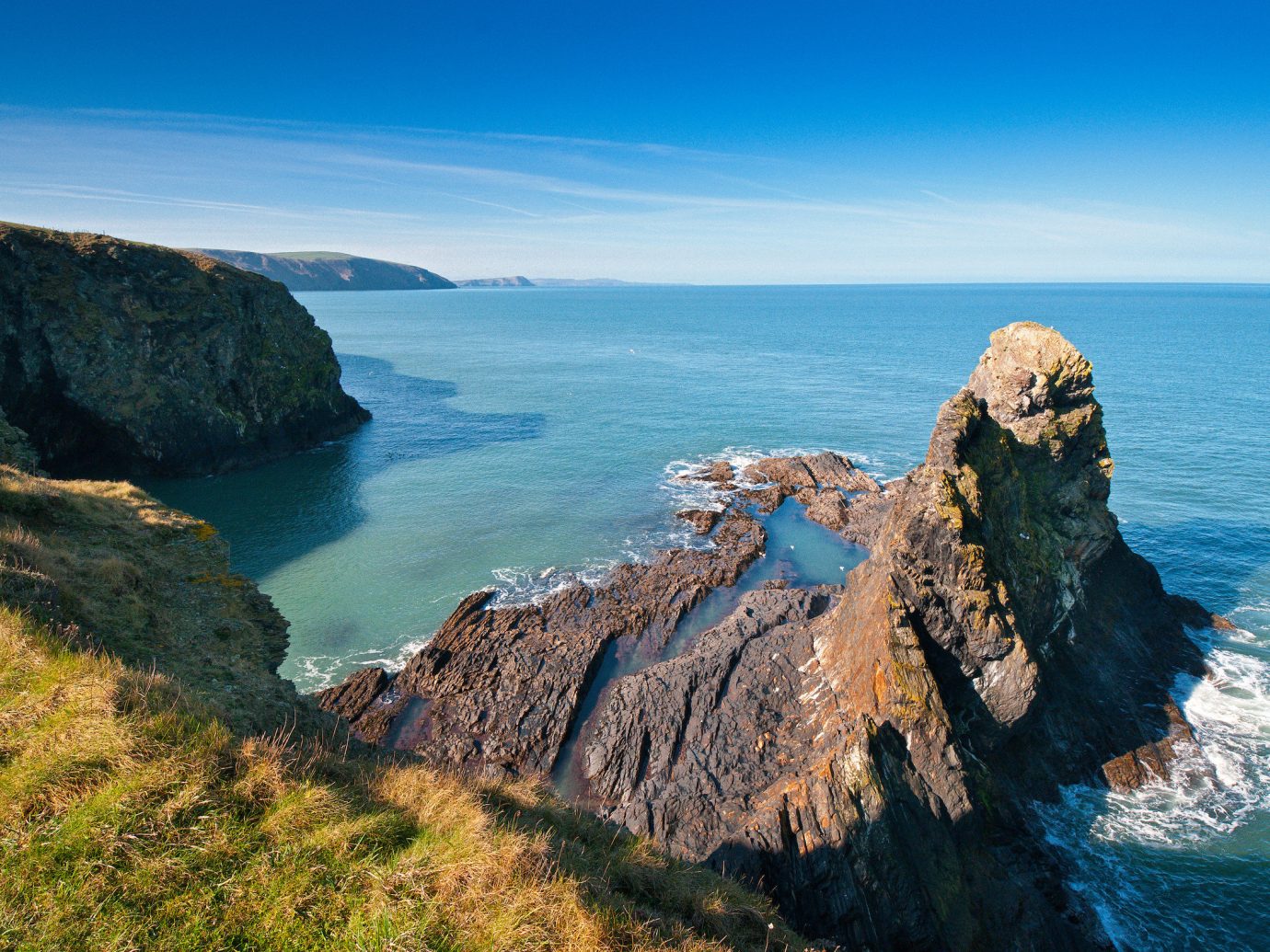
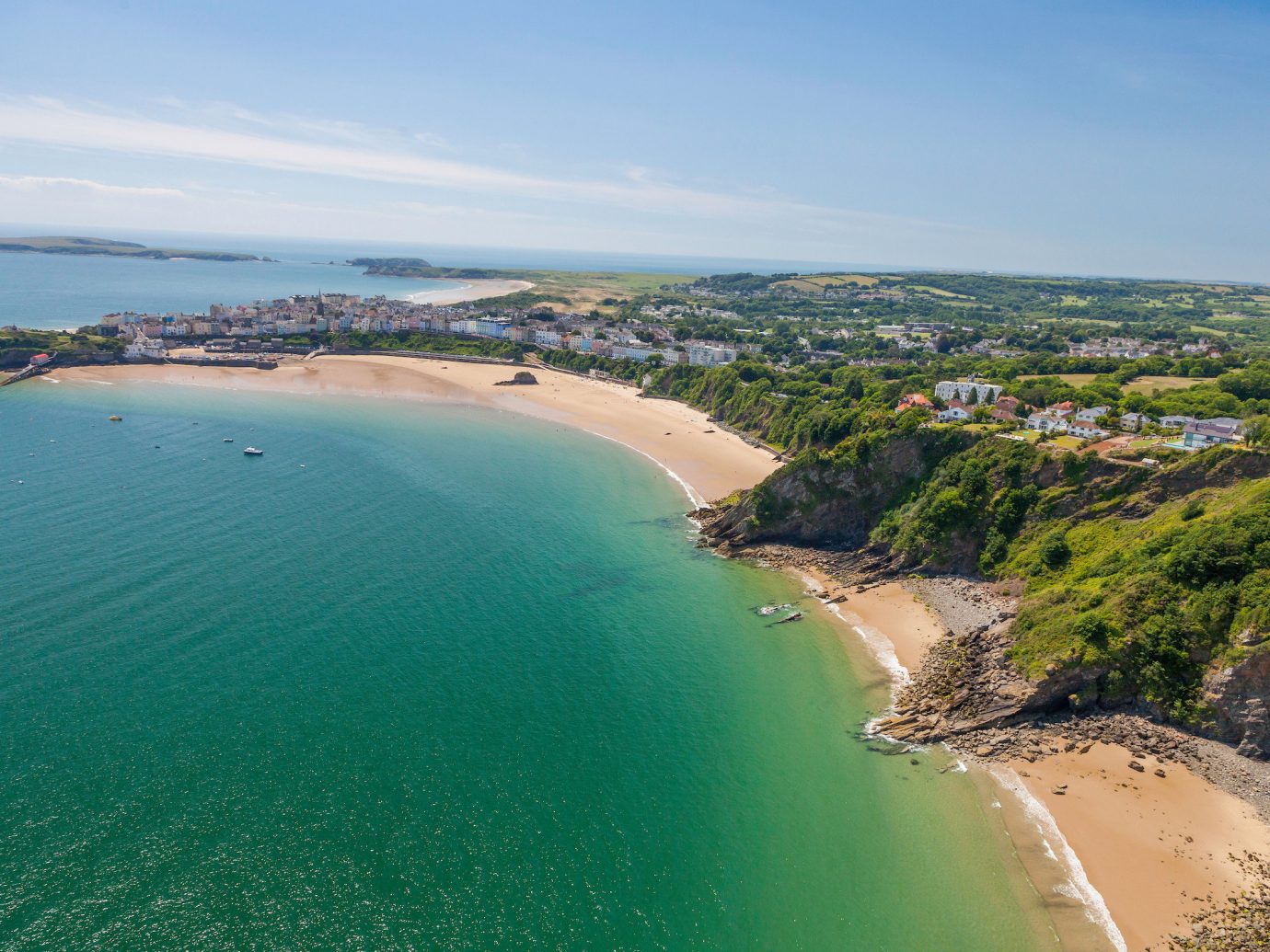
Day 7: Gower Peninsula
Take your time on the way back to Cardiff (where you’ll be flying out) to stop at quaint abodes like Tenby—with its colorful Victorian homes—and Laugharne, made famous by its stately castle and resident poet Dylan Thomas, whose boathouse you can still tour today.
In the afternoon, go wine tasting at Jabajak vineyard, which pours a mean Seyval and sparkling rosé in a former farmhouse that’s said to have ties to the White House and former U.S. President John Adams.
The final point on your grand tour is Swansea’s Gower Peninsula—and damn, does it make a lasting impression. As the U.K.’s first Area of Outstanding Natural Beauty, Gower is all pristine beach and wild countryside. See it for yourself at Three Cliffs Bay, aka the insta-perfect overlook along Gower Coast Path, or at Rhossili, a vast beach with a shipwreck and Worm’s Head bluffs. Prefer water over land? Gower Surfing School will teach you how to shred a gnarly set of waves along Caswell Bay and Brandy Cove.
Toast to the end of your Welsh adventure at Fairyhill. The 18th-century escape is as magical as it sounds, with 24 sprawling acres of woodland, streams, lakes, and manicured lawns. Snag a seat on the restaurant patio for happy hour and light bites such as avocado, quinoa, crème fraiche, and beetroot or wild mushroom and goat cheese risotto with roasted root veggies.
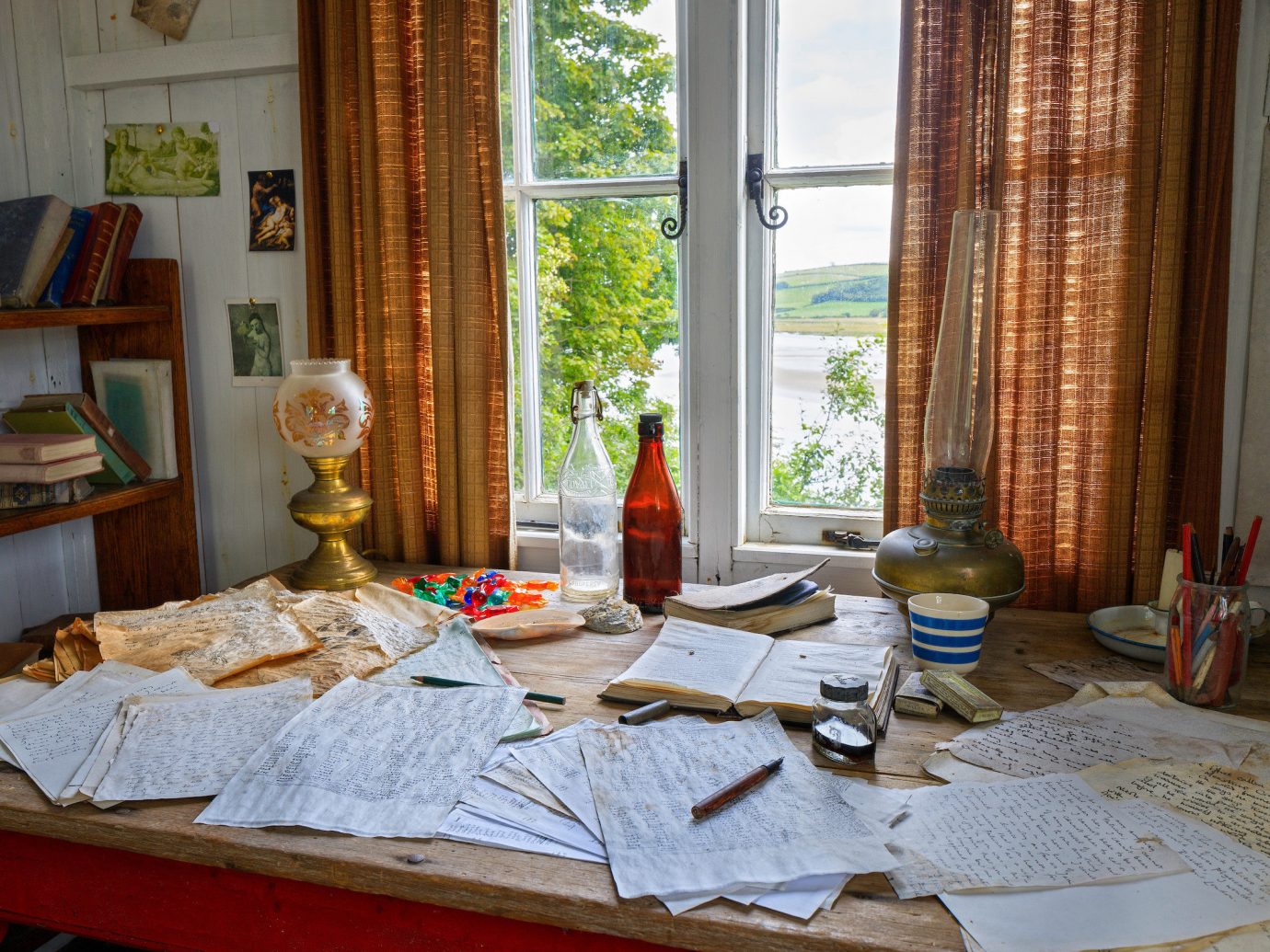
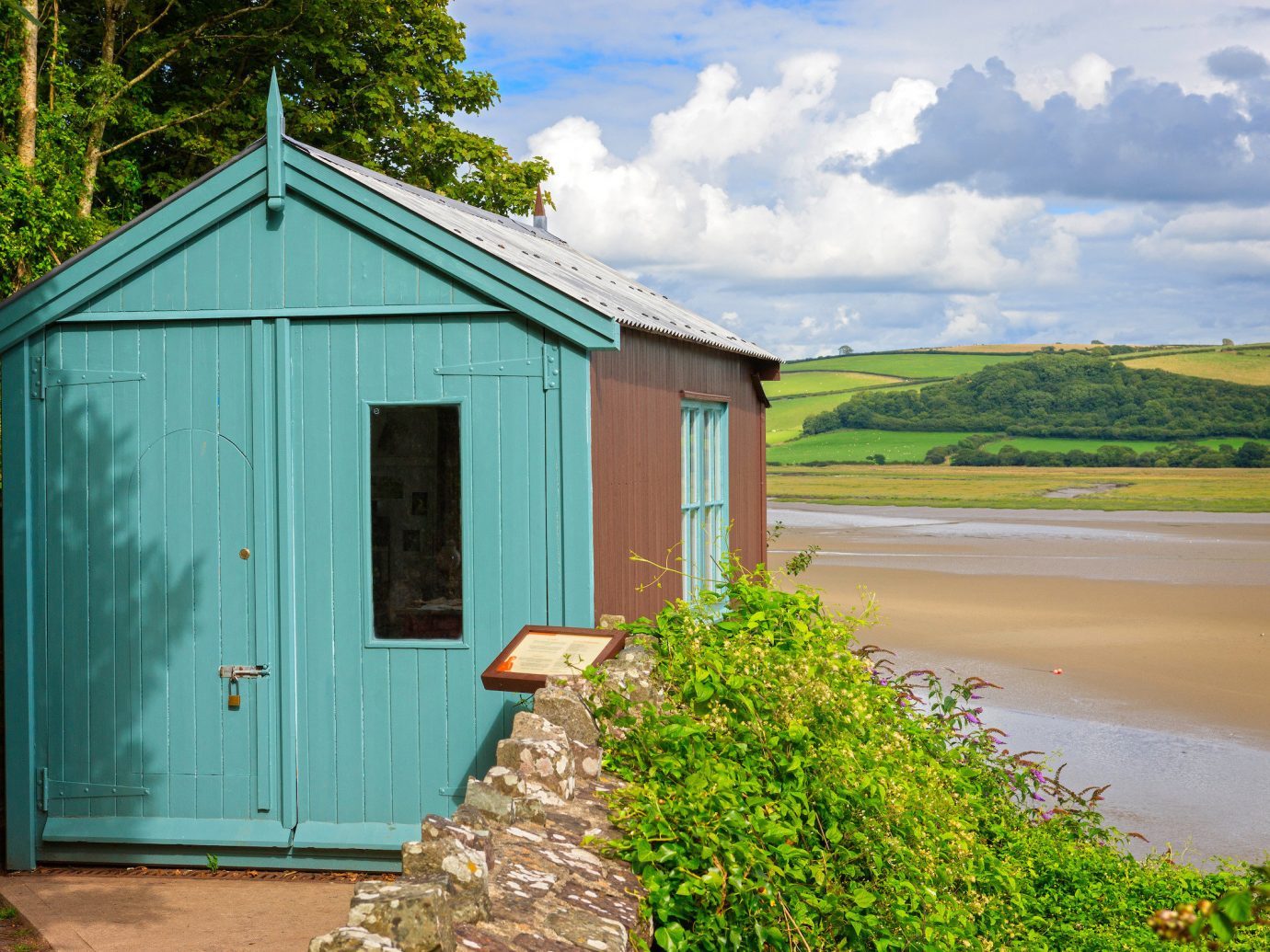
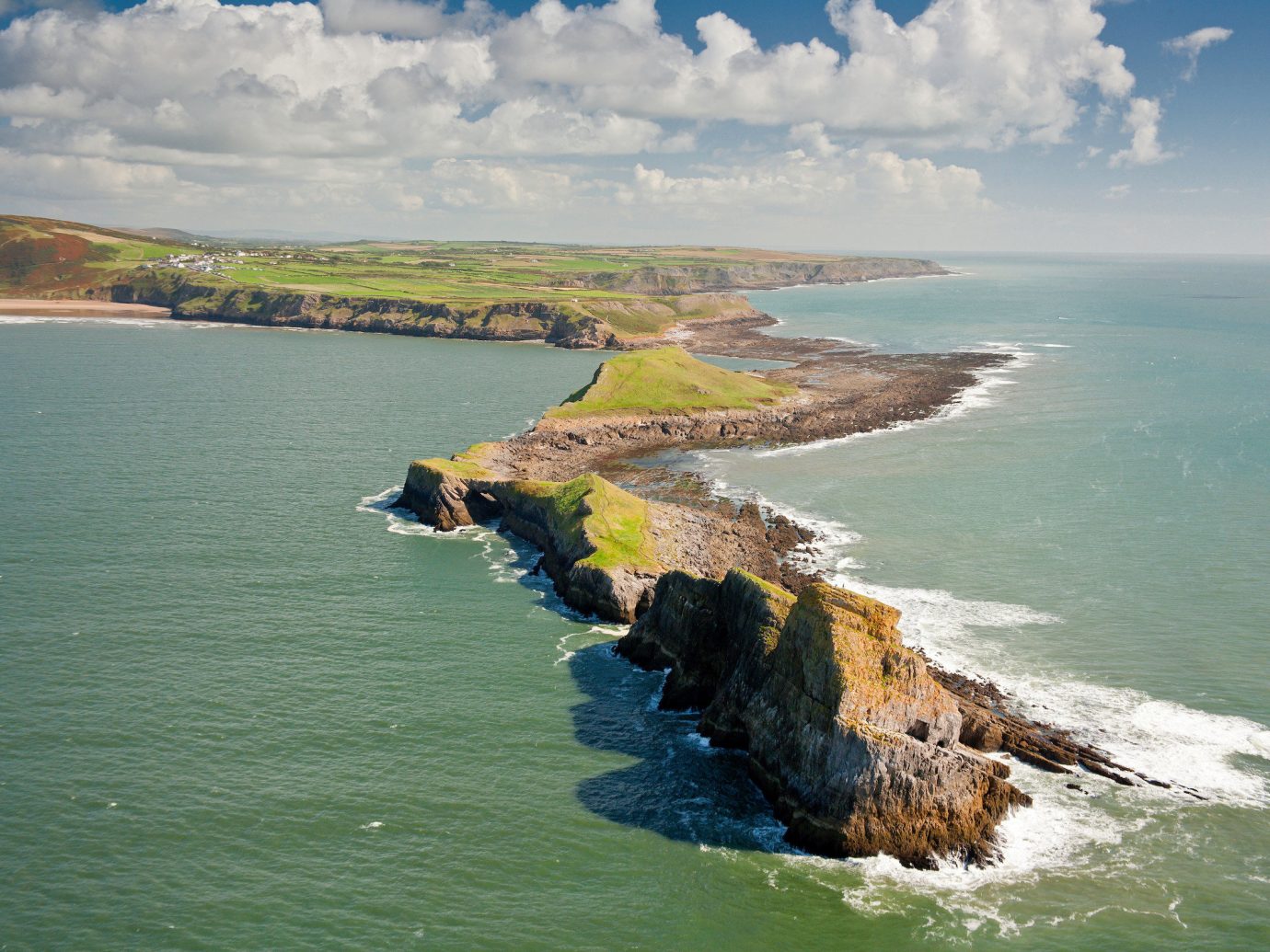
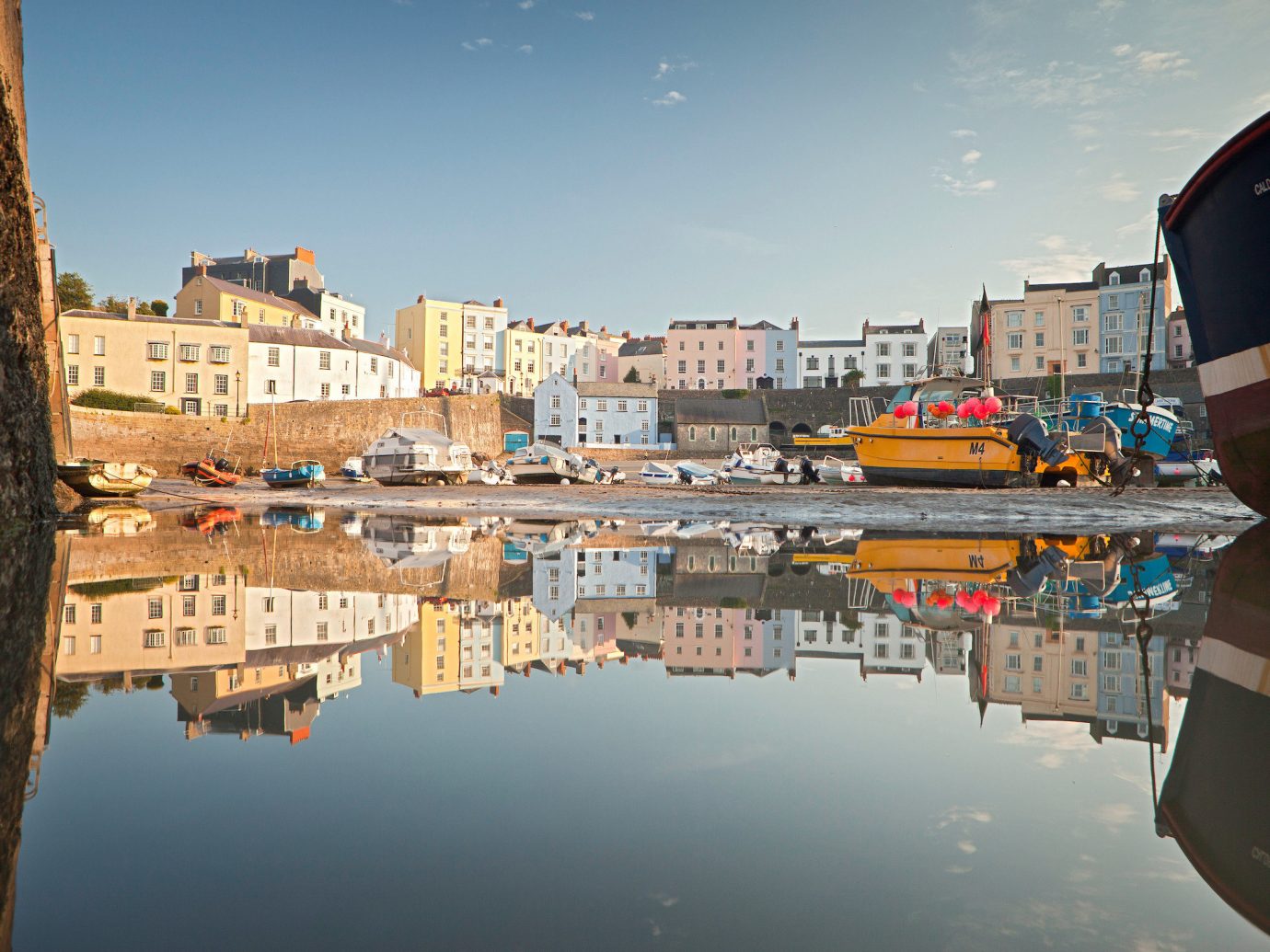
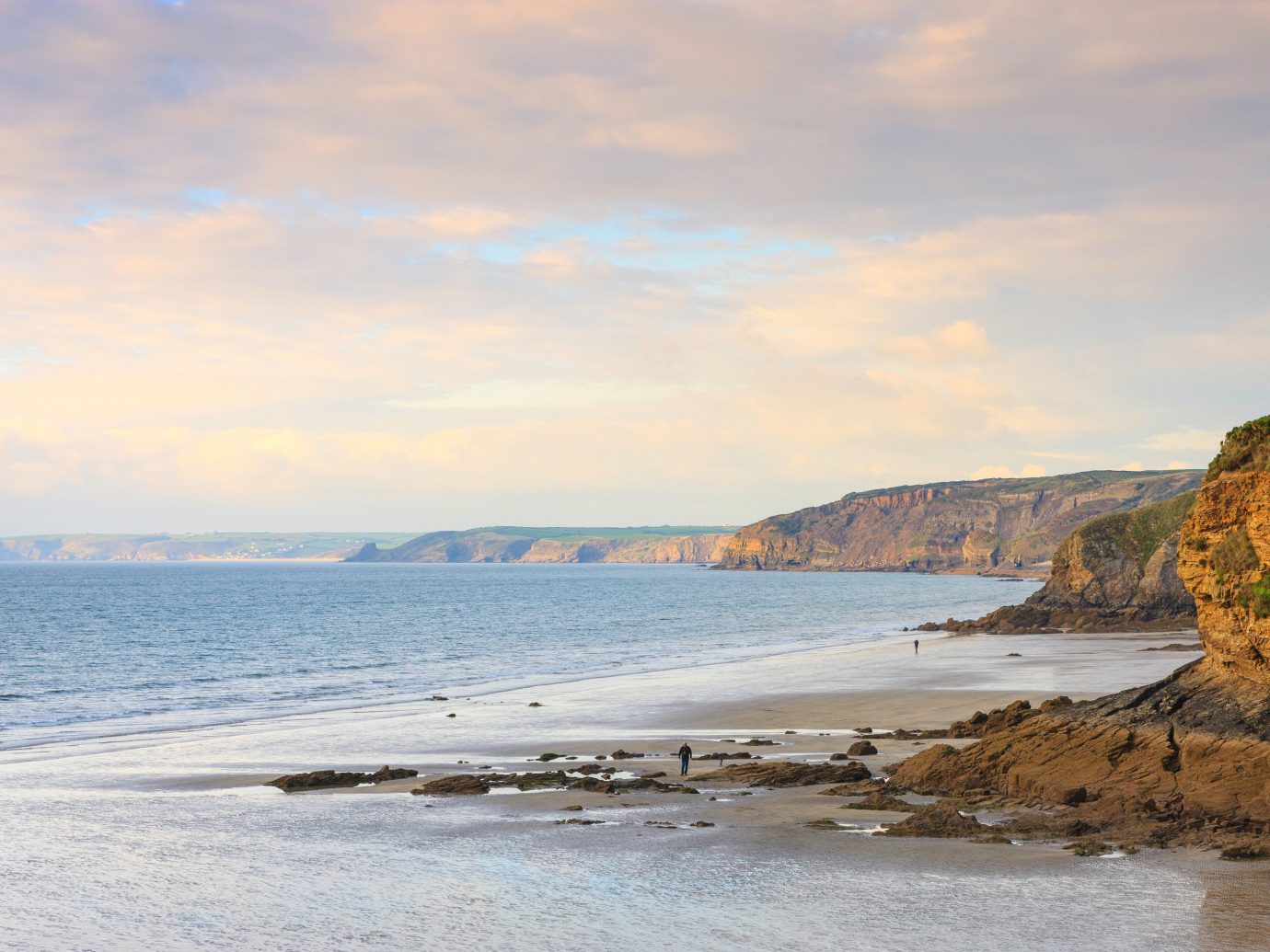
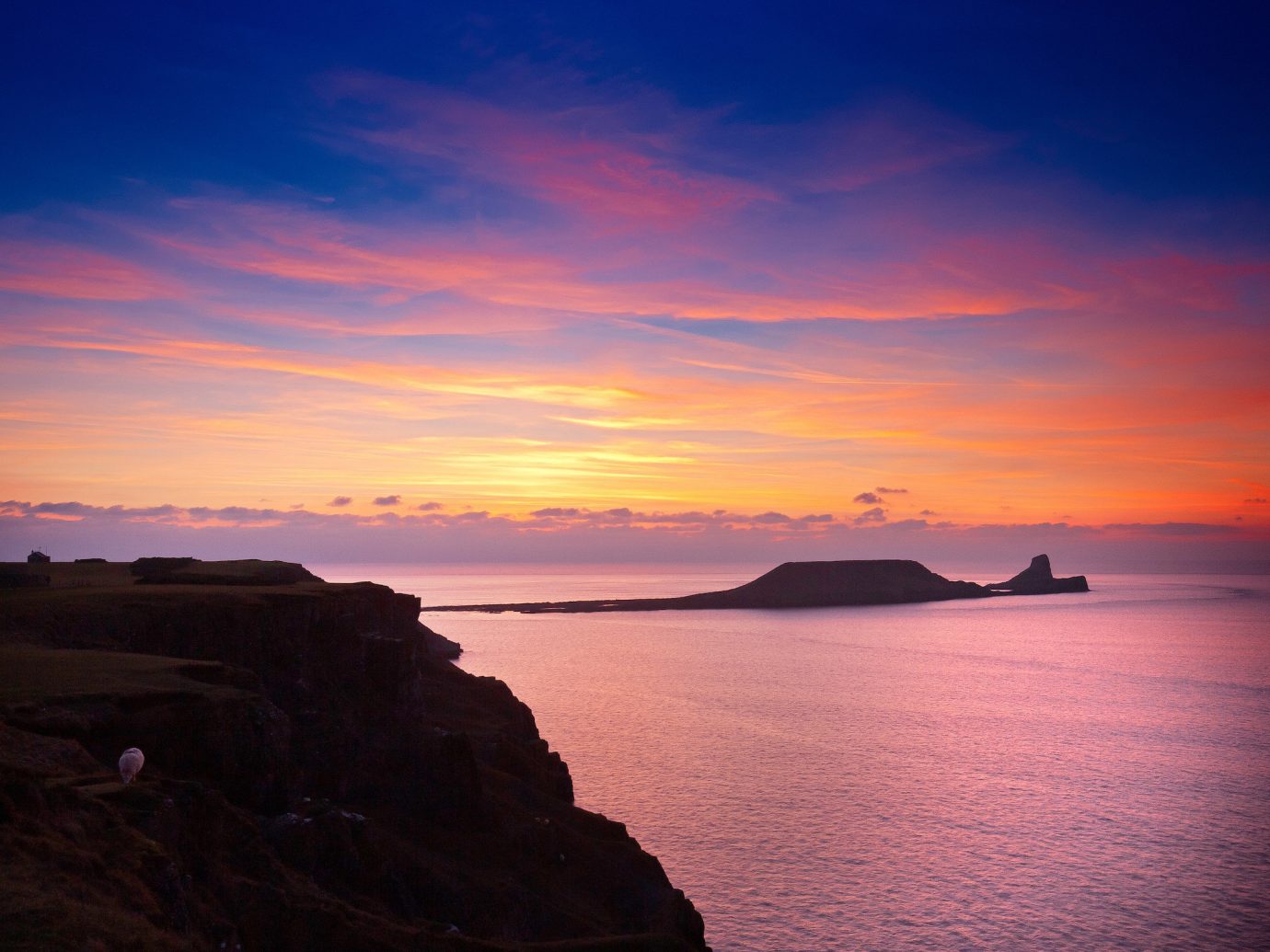
Women’s Blazer Shirt Outfit
Men’s Blue Coat Winter Look
Women’s Beige Midi Skirt
Want more?
- 15 Jaw-Dropping Coasts Around the World
- The Most Romantic Lake Hotels to Spend a Summer Vacation
- How to Plan a Girls’ Weekend Getaway to Napa Valley
Comments
All products are independently selected by our writers and editors. If you buy something through our links, Jetsetter may earn an affiliate commission.
Become a Jetsetter.
Use our insider connections to know where to go and what to do.
By proceeding, you agree to our Privacy Policy and Terms of Use.
Thanks for Signing Up!



















